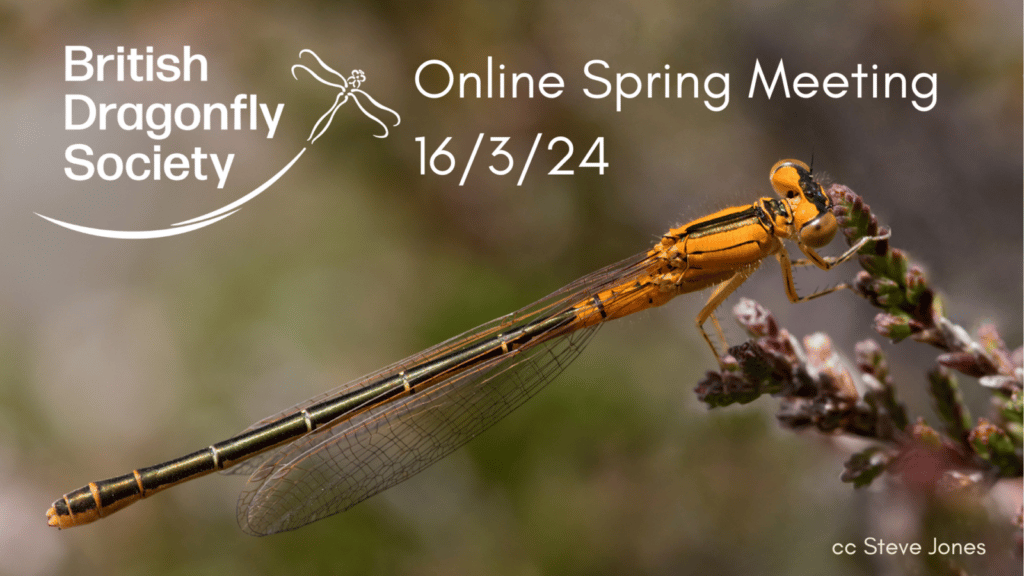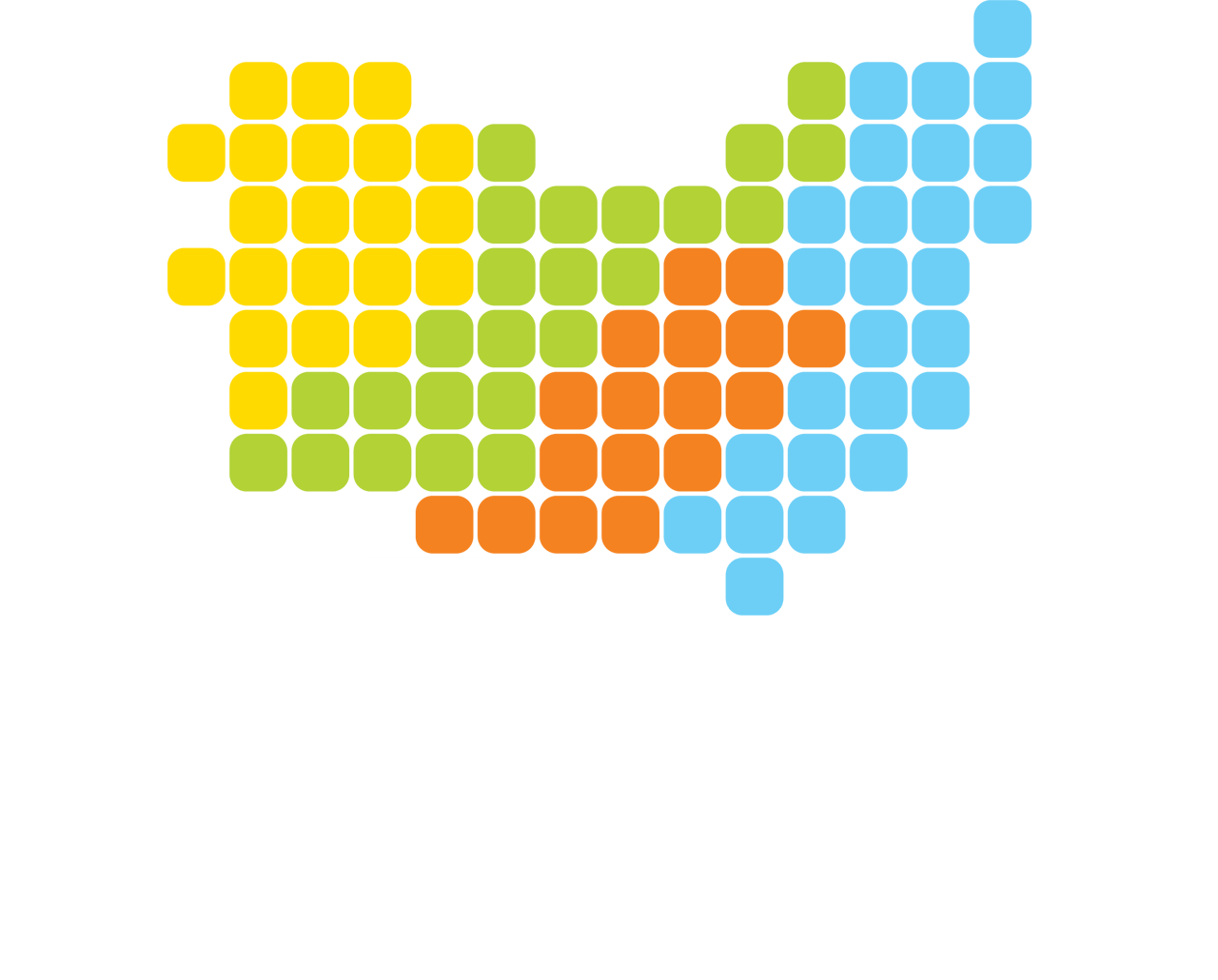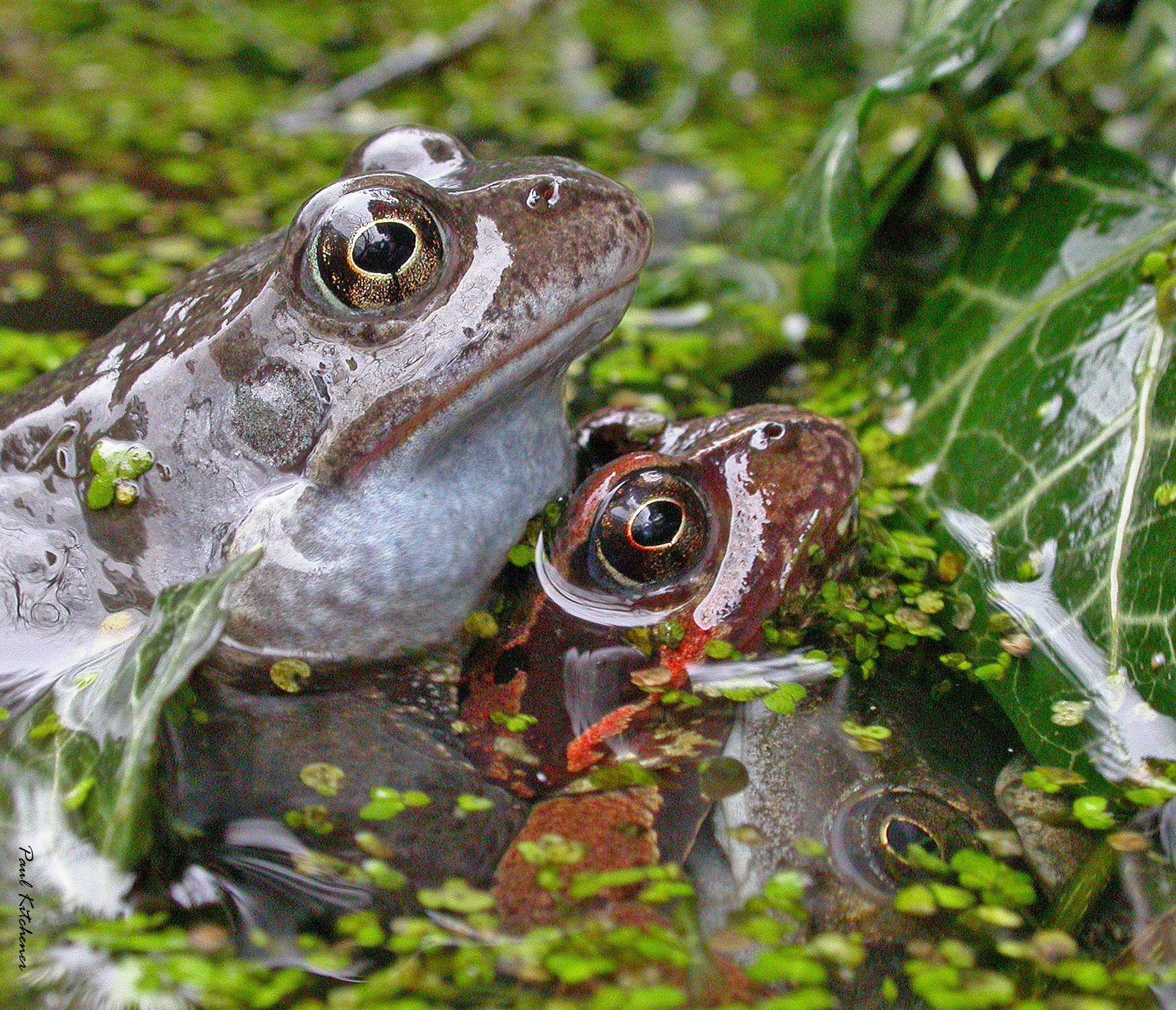Common frog, with thanks to Paul Kitchen
SBIS News
Projects
Lidar-derived tree canopy polygon data
Hedgerows
Data generated for hedgerows is now available on our website (www.suffolkbis.org.uk/hedgerow); this includes data on area, height, estimated volume and the total number of tree canopies. We have mapped these quality indicators at parish level and these can be requested free of charge – see examples of the maps we can provide on our website. Additionally, data is available in GIS format for download.
County Wildlife Sites, Roadside Nature Reserves, County GeoSites
Suffolk Wildlife Trust continues to rewrite many
CWS citations, which are being incorporated into
our database.
Data updates to SLA Partners
The 6-monthly GIS data updates were made available on the SBIS website in December. For those who download the data, notification emails including the download links were sent out. The next updates will be in May/June.
Native Black Poplar Survey recording form and map
This is live and accessible via a link on the SBIS website to registered volunteers and Suffolk Tree Wardens.
The planted sapling data is now included as a layer on the map, and volunteers are adding new records to this and verifying existing trees. Records of new trees are sent to the Native Black Poplar Recorder, Sue Hooton, to verify.
Other activity
Ancient Woodland Inventory Update
SBIS continues to work on the Ancient Woodland Inventory update which commenced in November 2021 for Suffolk. The project is now in Phase 3 of 4, with the main focus on checking potential new ancient woodland or pasture and parkland sites on historic maps dating back as far as 1600. SBIS currently has 29 volunteers who have completed site checking on three Ordnance Survey maps spanning 1800 – 1900, a fruitful effort which has covered the entire county in 3 months. Having completed this, volunteers are now directing efforts towards examining LiDAR data, exploring enclosure and estate maps using Suffolk Archives at The Hold in Ipswich as well as conducting field surveys come Spring. We would like to thank our wonderful volunteers for all the time and effort they have contributed to the project so far. Anyone wishing to join in the effort to check evidence for potential new ancient woodland sites in Suffolk can sign up to volunteer by emailing [email protected].
Number of searches and records processed to Feb 2024
Commercial Data Enquiries
For the calendar year of 2023, we processed 648 searches, supplying 766,779 species records. Since the start of 2024, we have conducted 73 searches and provided 78,843 species records. The equivalent of 9 searches a week with an average of 1,196 records each. This is an increase of 1 search and 117,733 records from the same period last year.
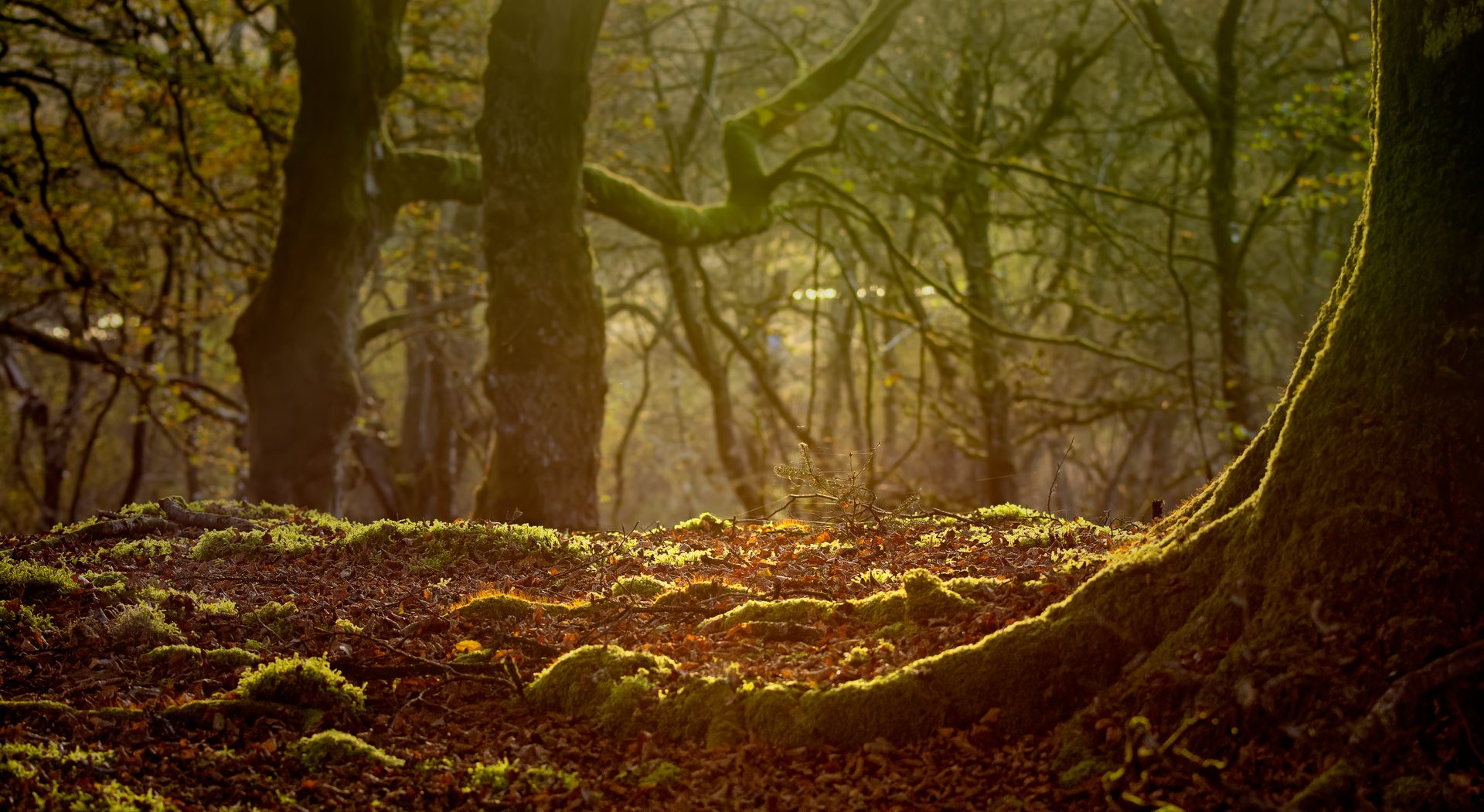
© James Johnstone Flickr
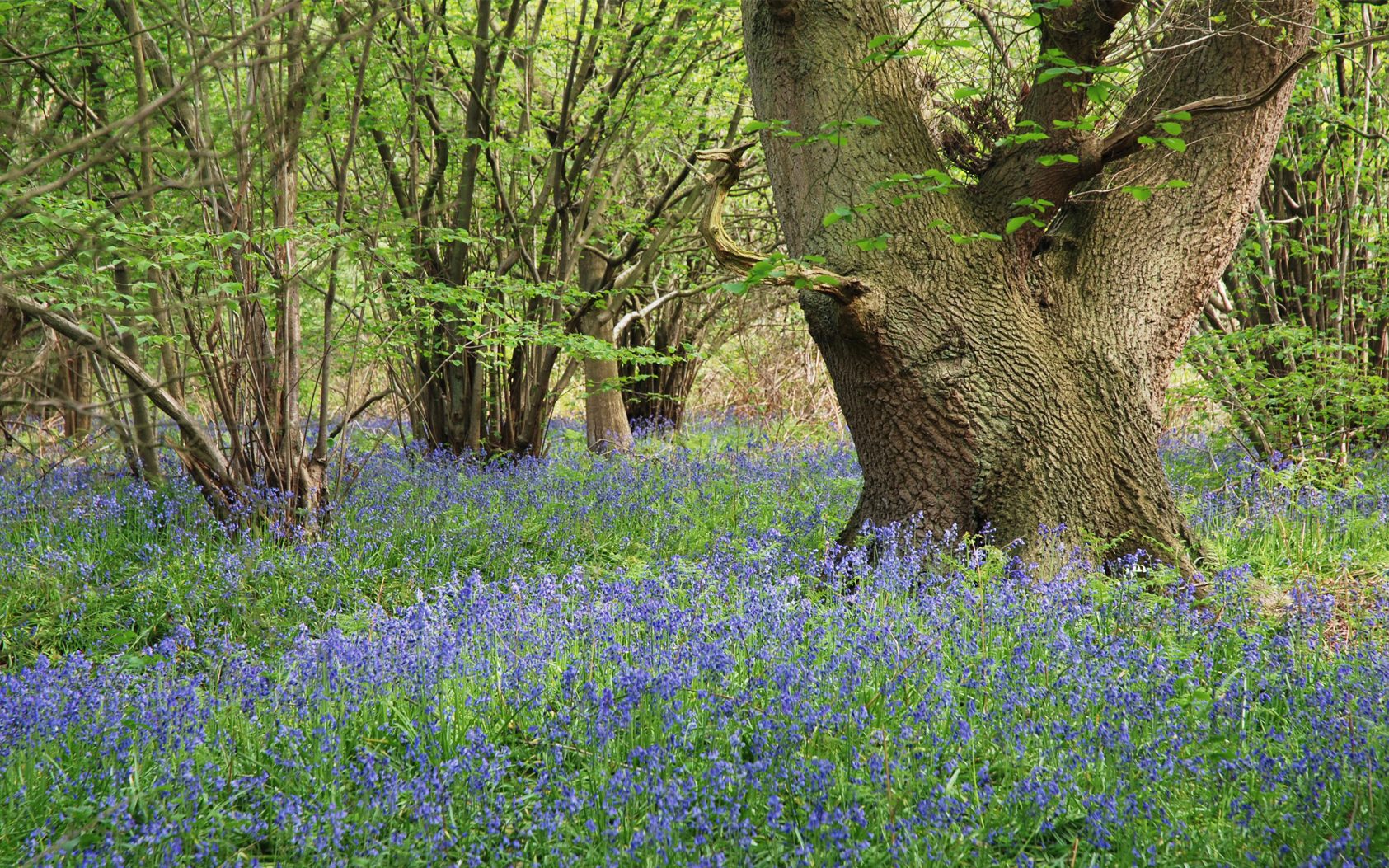
Ancient Woodland Survey Volunteer
© Natural England/Peter Roworth
Suffolk Biodiversity Information Service is looking for volunteers to undertake woodland surveys throughout the Spring and early Summer of 2024.
These surveys will provide crucial information for the Ancient Woodland Inventory update that is currently taking place across Suffolk. Long-established woodland sites have been mapped digitally but field surveys are needed to provide evidence of their age.
This role is suitable for those with woodland surveying experience and an interest in conserving Ancient Woodland.
Role responsibilities
- General walk-over of woodland site – following guidance on focus areas if specified
- Completion of species list – including indicator species and abundance
- Description of site and map annotations where necessary
- Input of woodland survey data into digital form
Commitment:
Any day and time to fit in with your schedule
Materials:
All forms and maps will be provided as well as guidance on land access
Location:
Various sites around Suffolk - you may wish to visit local sites, those further afield or both!
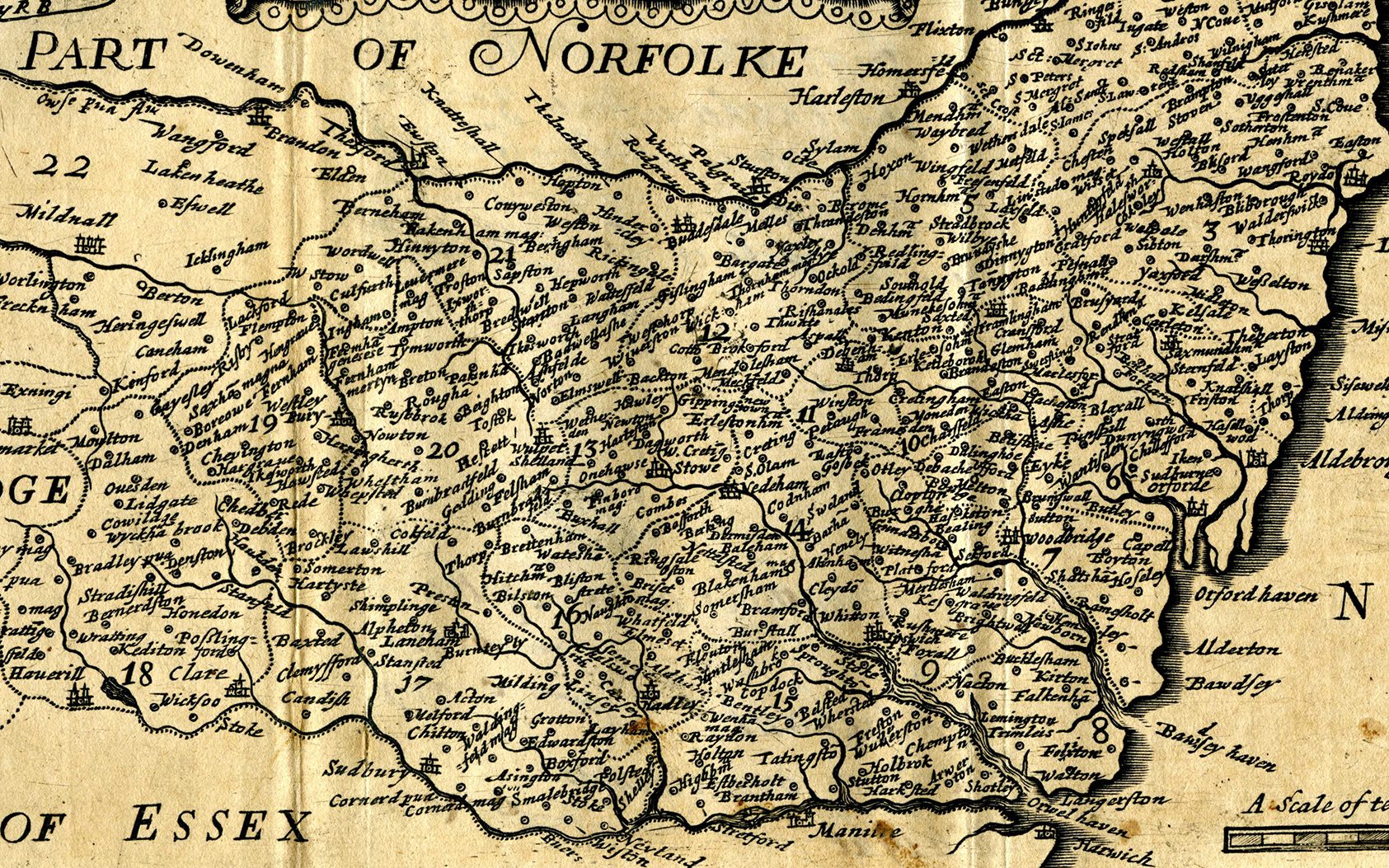
Ancient Woodland Archive Volunteer, Ipswich
Rich701, Flickr
Volunteer in person at The Hold, Ipswich
We will meet in person to look at historic maps from Suffolk archives and determine if these correspond to sites identified as potentially new ancient woodland or ancient wood pasture and parkland habitat in Suffolk as part of the Ancient Woodland Inventory update.
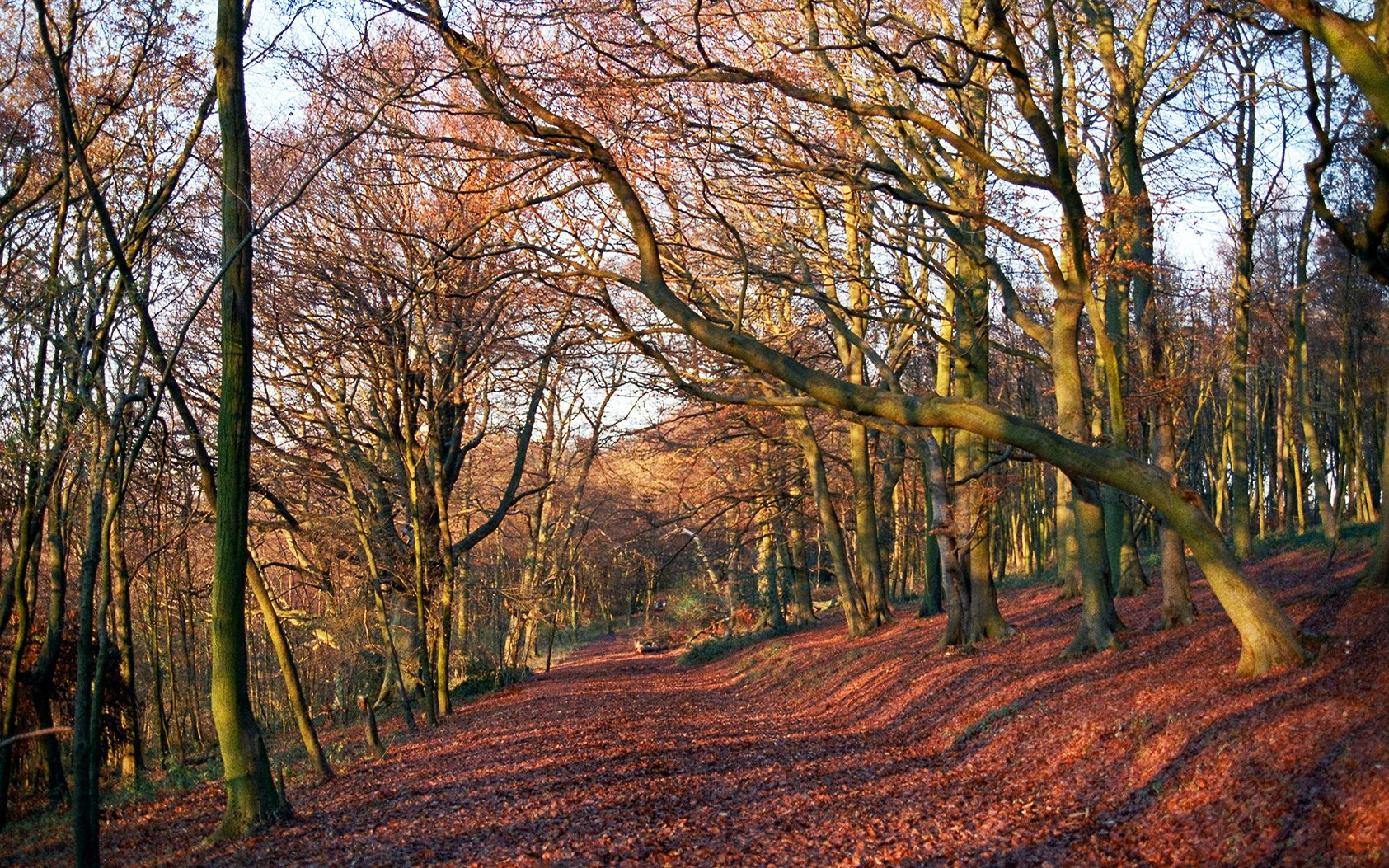
Ancient Woodland Archive Volunteer, Ipswich
UKGardenPhotos, Flickr
Volunteering online to check LiDAR data
Checking LiDAR data for features within potentially new ancient woodland or ancient wood pasture and parkland habitat in Suffolk as part of the Ancient Woodland Inventory update.
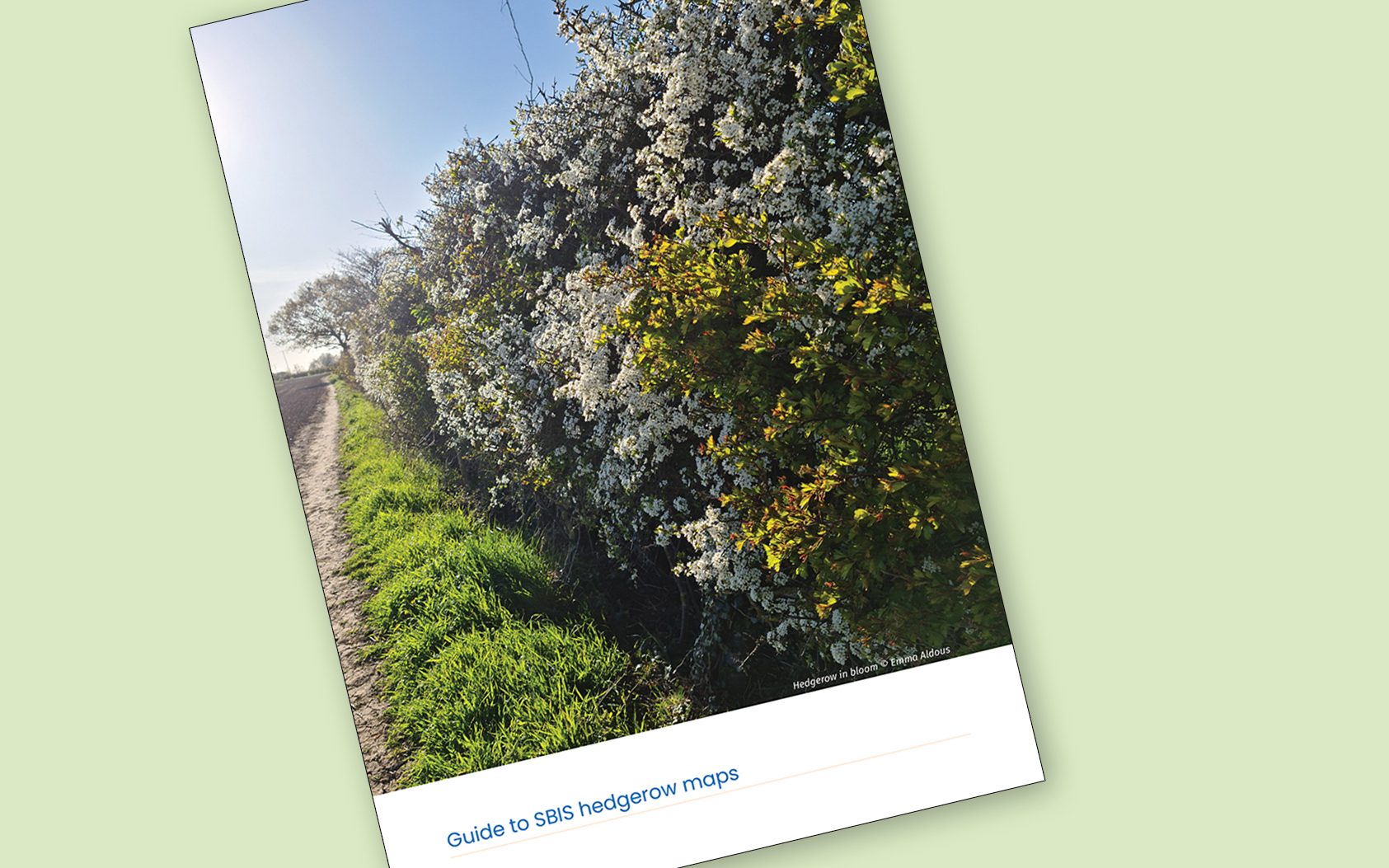
Guide to SBIS hedgerow maps
This new guide to our hedgerow maps is now available from the SBIS website
SBIS have collaborated with Kelda McChesney, Assistant Tree and Woodland Officer at Suffolk County Council, to create a guide to using the hedgerow parish maps that are freely available from the SBIS website. The guide explains what the maps show and offers some tips to help inform hedgerow management and conservation work.
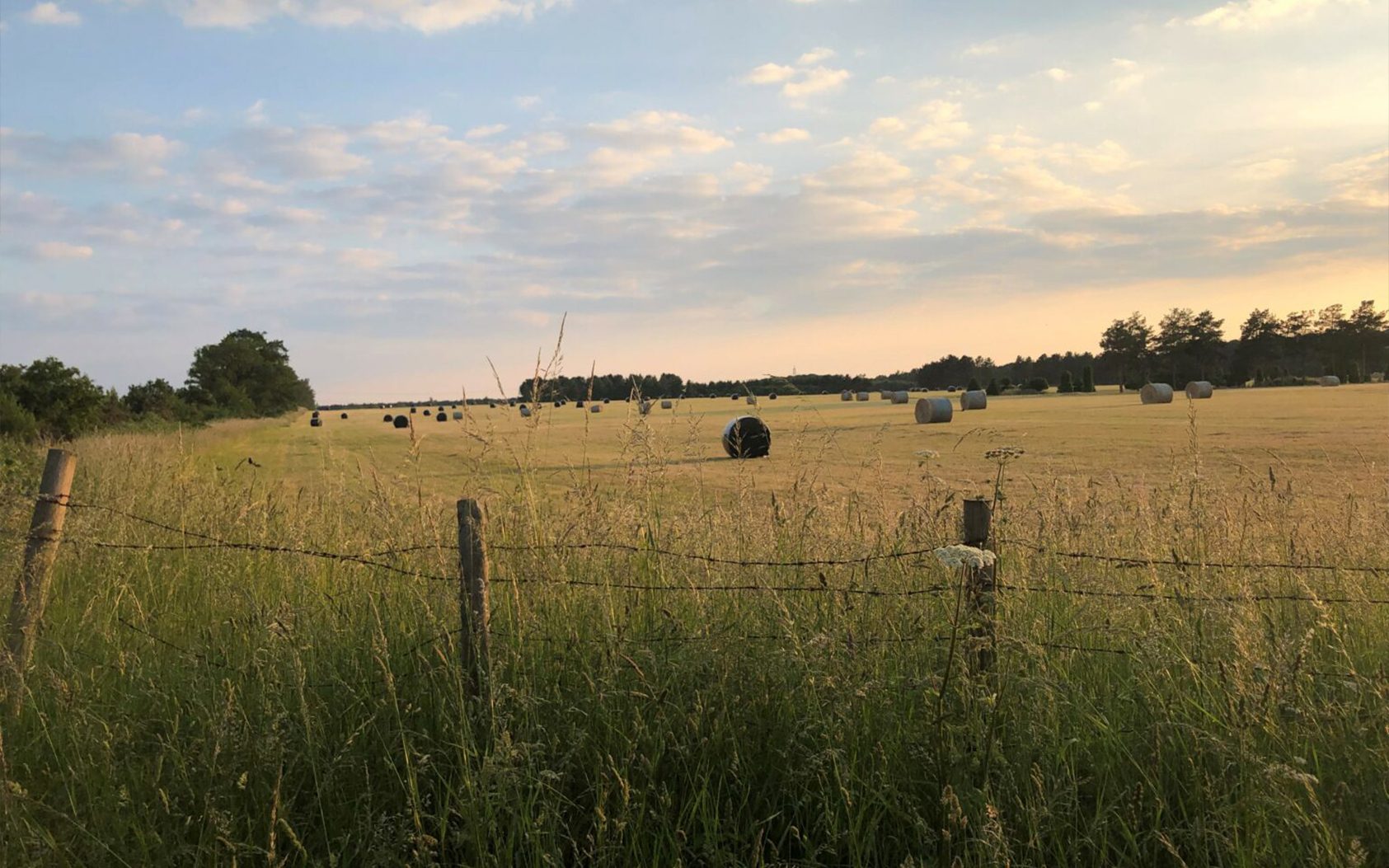
Gearing up for BNG
Natural England
© Natural England
What landowners can do now to gear up for the biodiversity net gain market
If you’re a landowner, biodiversity net gain might be a new concept or a familiar one you’ve read about.
Natural England have written an informative article explaining how BNG can be an opportunity to move towards nature positive outcomes and contribute to nature’s recovery, as well as providing landowners with an alternative, long-term source of income.

More of Suffolk’s tree cover
and orchards to be restored
Tree planting of a community orchard on Pykenham Way in Hadleigh, Babergh and Mid Suffolk District Councils
1,877 new trees are being planted across the county by Suffolk’s councils, with a focus on re-establishing orchards.
Suffolk County Council has secured funding of £201,213 from the government’s Local Authority Treescapes Fund on behalf of Babergh District Council, East Suffolk Council, Mid Suffolk District Council, Ipswich Borough Council and West Suffolk Council.
The funding will go towards the planting of the trees, many of which are ‘standards’ around six feet in height when planted. The funding also covers three years of maintenance to help the trees become established.
The Fund aims to restore tree cover in non-woodland areas which may have been impacted by issues such as disease, habitat degradation or ageing tree stock. Many of the proposed projects will involve their local community and pupils from local schools.
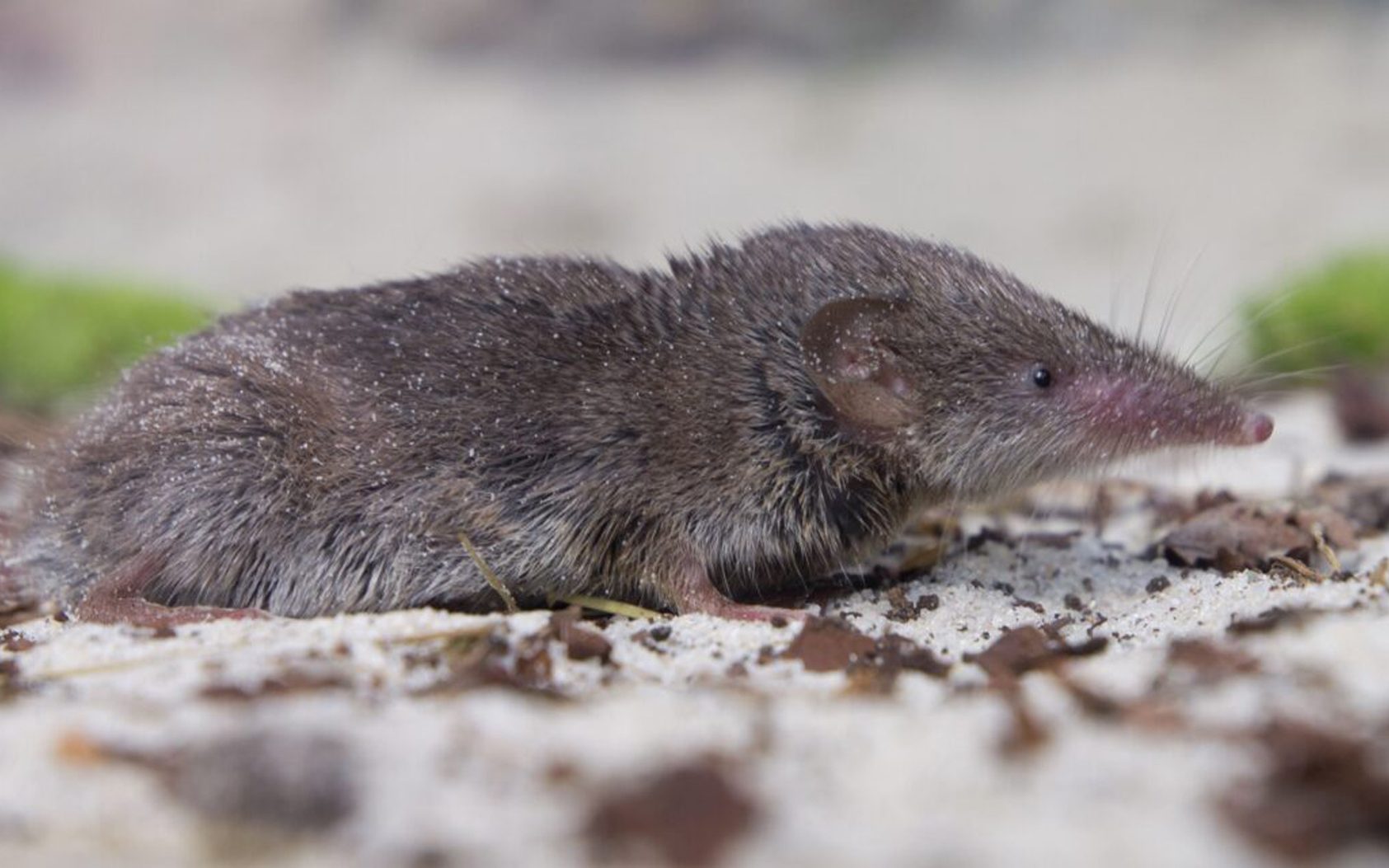
Searching for Shrews
Mammal Society
Our Searching for Shrews project is still ongoing!
We are searching for the greater white-toothed shrew by asking people to dissect barn own pellets to find evidence of these small mammals. Greater white-toothed shrews are an invasive species first found in Sunderland, and we are monitoring their spread across the UK. You can participate either as a dissector or by sending in your pellets. Watch the free webinar to find out more.
What is the greater white-toothed shrew (GWT)?
The GWT shrew (Crocidura russula) is native to Europe, North Africa and some Channel Islands. It is very similar in size to the common shrew but has prominent ears and long white hairs on the tail.
Why are we concerned?
The GWT shrew was first recorded in Ireland in 2007 and it appears to outcompete the pygmy shrew, which has disappeared from areas where the GWT shrew now occurs. It is therefore possible that the GWT shrew will negatively affect, or completely displace our smallest native mammal, the pygmy shrew.
What are we doing about it?
We need to confirm its presence in the wild, find out how far it has spread, and determine whether it is affecting the abundance of pygmy shrews.
What should I do if I think I have seen one?
We encourage anyone to report sightings of live or dead shrews with photographic evidence through either Mammal Mapper, or MammalWeb. Sightings without photos can be reported through Mammal Mapper, but the exact species cannot be verified.
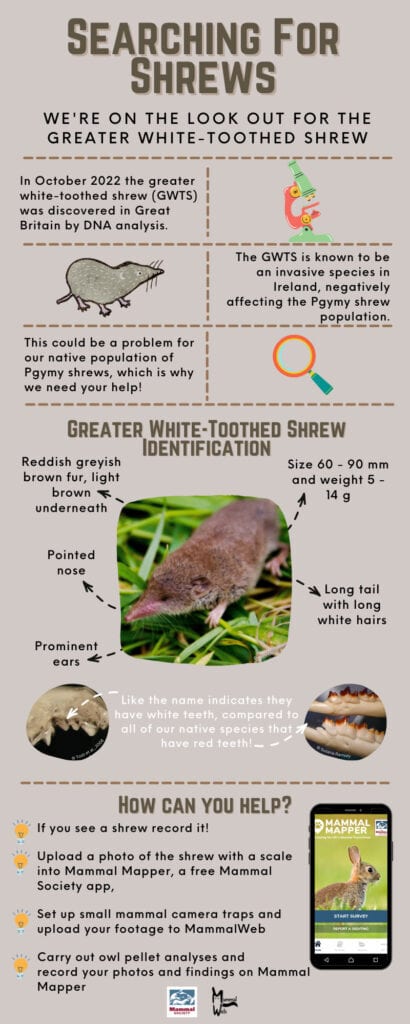

National Polecat Survey
Martin Hancock
Martin Hancock
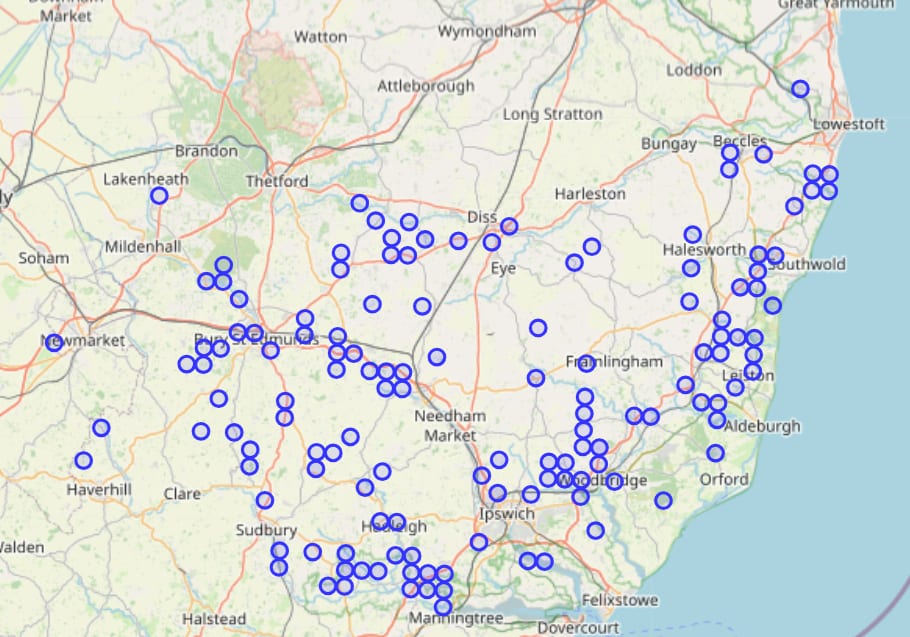

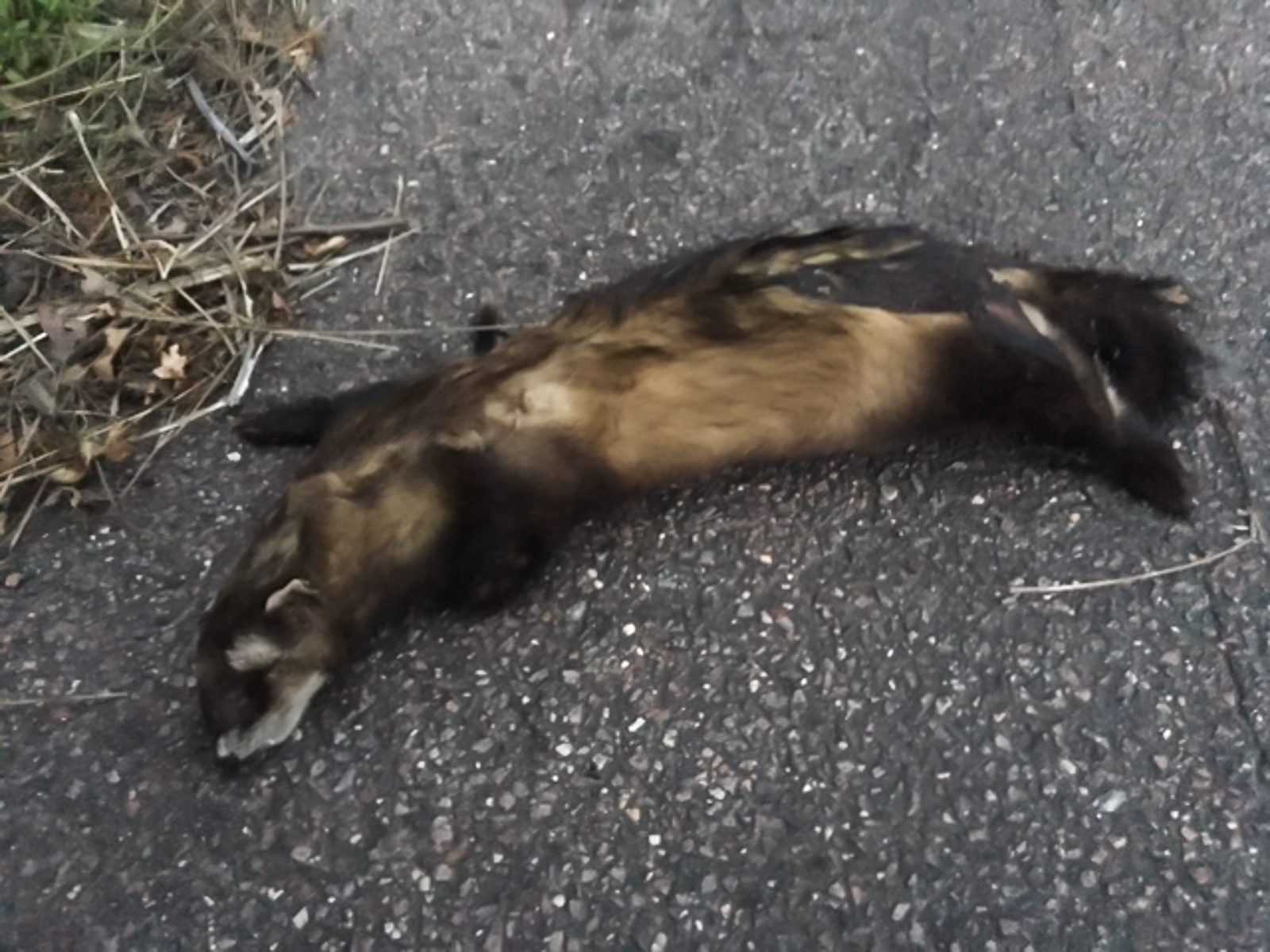
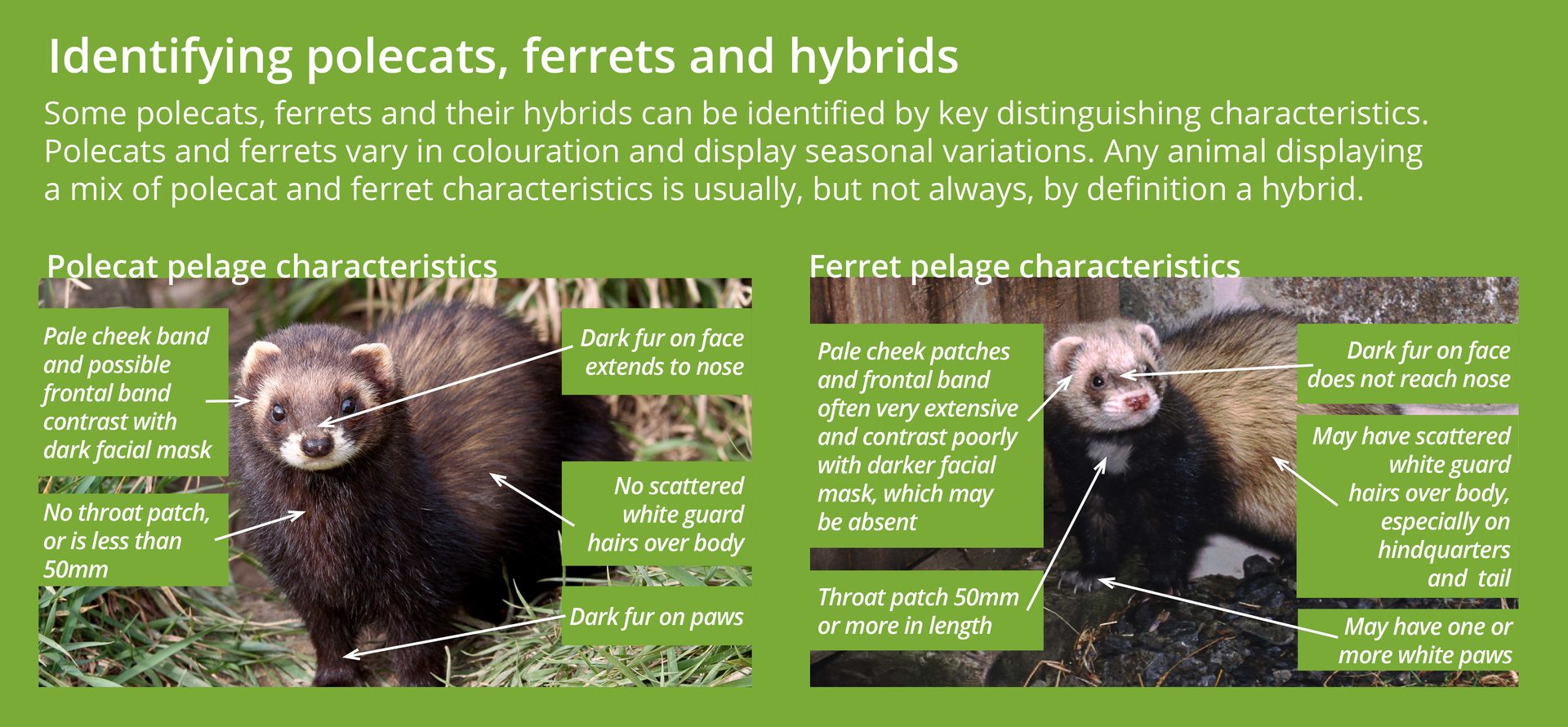
Every ten years the Vincent Wildlife Trust (VWT) conducts a National Polecat Survey to assess the current distribution of Polecats (Mustela putorius). The latest survey for 2024- 2025 is appealing for members of the public to assist as ‘community scientists’.
SBIS has been active in monitoring Polecats even since the last National Survey, and as you can see from the map below, we have a good record of sightings:
If you can assist with this current survey it would be greatly appreciated.
Some Background Information on the Polecat
It is very unlikely you will see a live Polecat in the wild. They are not only nocturnal but also very secretive and are probably the least known of our UK mustelids. Most observations will be from Road Traffic Accidents (RTA’s) as the Polecat forages for fresh killed carrion at night.
Polecats were once a common and widespread native British carnivore, but by 1915 were eradicated from most of their former range, remaining only in small strongholds in mid-Wales and the English borders. The reason for the decline was primarily due to persecution by both gamekeepers and the general public. The Polecat appears to have been the most hated animal in the past due to the defensive stink emitted from its anal glands and its liking for poultry/livestock.
As you can see from the map, as the Polecat has moved eastwards. There is a strong concentration of observations in Suffolk as the North Sea provides a barrier to further movement.
Polecats have an innate ability for predating on rabbits which in the past led to them being domesticated as ferrets for hunting. This subsequently led some escaping into the wild and becoming feral and breeding with wild polecats to form the hybrid ‘polecat - ferret’ which can provide a major challenge when trying to differentiate them from ‘true polecats’.
How to Identify a Polecat
Some key identifying features:
- Mask-like pattern of dark and light fur on its face. The dark fur should be clearly distinguished, can be extensive and should extend to the nose.
- Dark coloured fur all over the body.
- Lighter. buff undercoat which can show through the darker fur.
See the chart below which will assist in identifying polecats, ferrets and hybrids.
Access to the Survey
The data for Suffolk can be continued to be collected by the specific SBIS Polecat website which will then be forwarded to the VWT. SBIS website
In addition to the established phenotype analysis in assessing the observations, the VWT will be collecting some samples for this survey to aid with genetic and dietary analysis. This will involve the collection of hair and whiskers. If you feel you are also willing/able to assist with this aspect of the survey please let us know and we will send additional instructions
As mentioned above, most of the observations will be from RTA’s so please be extremely careful when collecting your data.
If you have any questions or need further clarification, please do not hesitate to contact me at [email protected] or [email protected]
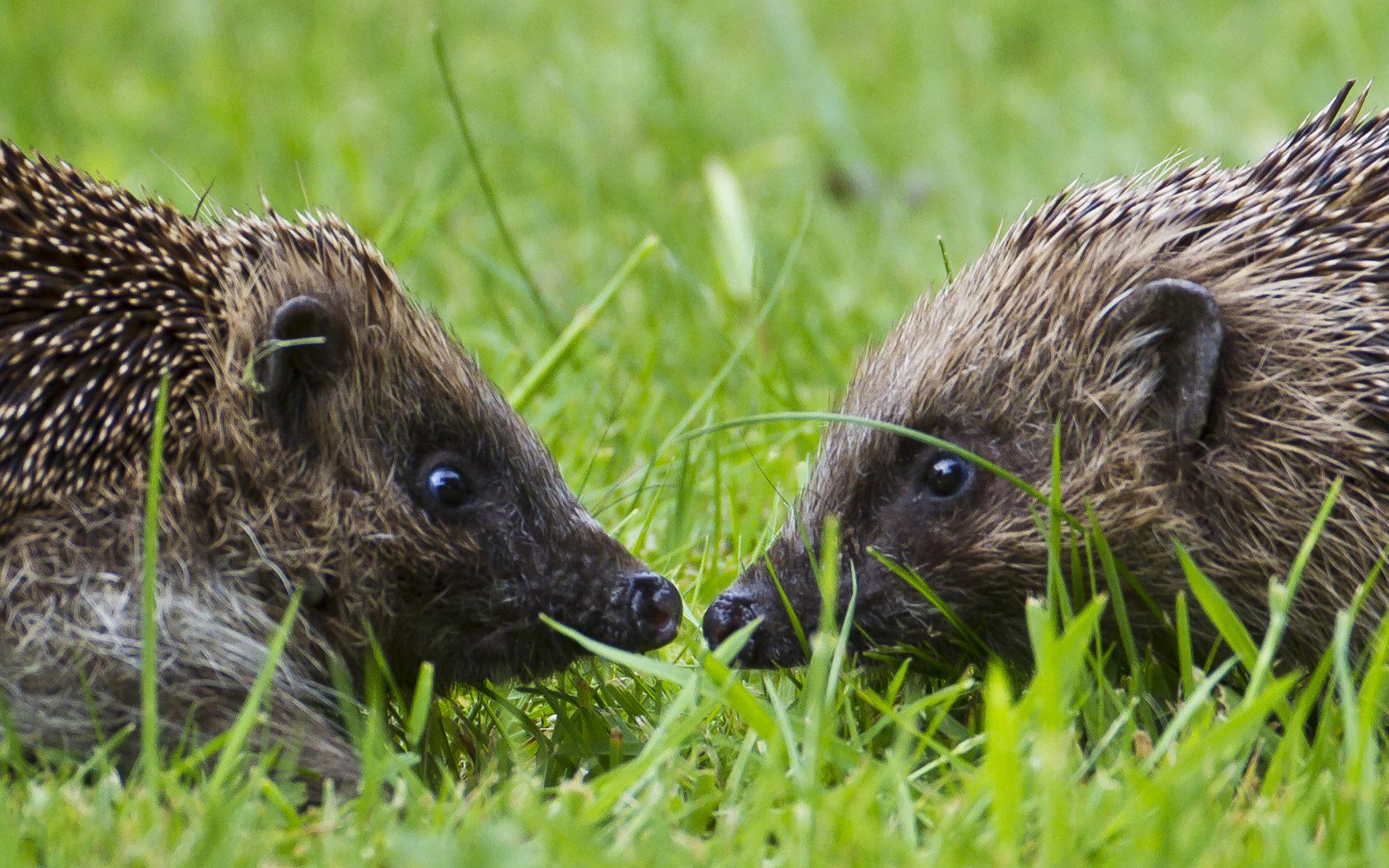
Restoring nature in your back garden!
WWF.org.uk
Image: Natural England, Flickr
The UK is one of the most nature-depleted countries in the world. The good news is that you can help boost wildlife populations where you live. Here are 5 top tips on restoring your back garden into a place that welcomes nature.
PLANT NATIVE VEGETATION
One of the best things you can do for your local patch is to introduce native plants. Often immaculate gardens will harbour many non-native species that could outcompete native wildflowers. These plants might look great, but our pollinators really want native plants that they have evolved to feed from. So try planting some common knapweed or Bellflower seeds and give our pollinators a helping hand. You could also plant some native British herbs, such as wild garlic or corn mint, which would benefit you and local wildlife!
BUILD A HEDGEHOG HIGHWAY
Hedgehogs are easily one of the nation’s favourite mammals, but it is estimated that hedgehog numbers have declined by 98% since the 1950s – they desperately need our help. One way to help our beloved hedgehogs is to make a hedgehog highway through fenced gardens in your neighbourhood. Working with your neighbours, you could create a clear pathway for your local hedgehog population so they don’t get stuck in urban gardens! Hedgehogs can travel upwards of one mile per night, so travelling freely through our gardens helps them go about their nightly business.
LET YOUR GRASS GROW
Letting your grass grow encourages wildflower growth and helps protect the wildlife that calls your garden “home”. Frogs, newts, dormice and slow worms are just a few of the smaller animals that can be harmed when you mow the lawn. Having longer grass allows for a better shelter for creepy crawlies and provides habitats for amphibians and small mammals.
CARE FOR LOCAL BIRDS
Putting out a variety of bird feed is a great way to attract different birds to your garden and help out bird populations simultaneously. After introducing a food source into your garden, you will soon notice that all sorts of birds appear. Prioritising the times of the year when extreme weather events occur, such as droughts or freezing spells, will ensure that birds are cared for in these difficult times. With nearly 30% of birds in Great Britain threatened with extinction and the likelihood of extreme weather events increasing due to climate change, providing extra food could help local bird populations flourish.
LET IT BE
Perhaps the key tip to restoring your garden is letting it be. Nature was around long before human management – and it will be long after us. The natural world has its own way of overcoming problems and thriving when left to its own devices. So no more de-weeding or caring for pristine flower beds; just let nature do its thing. Much of what we mistake for weeds grows into wildflowers which can benefit a wide array of wildlife. So put those hedge clippers down and put your trust in nature.
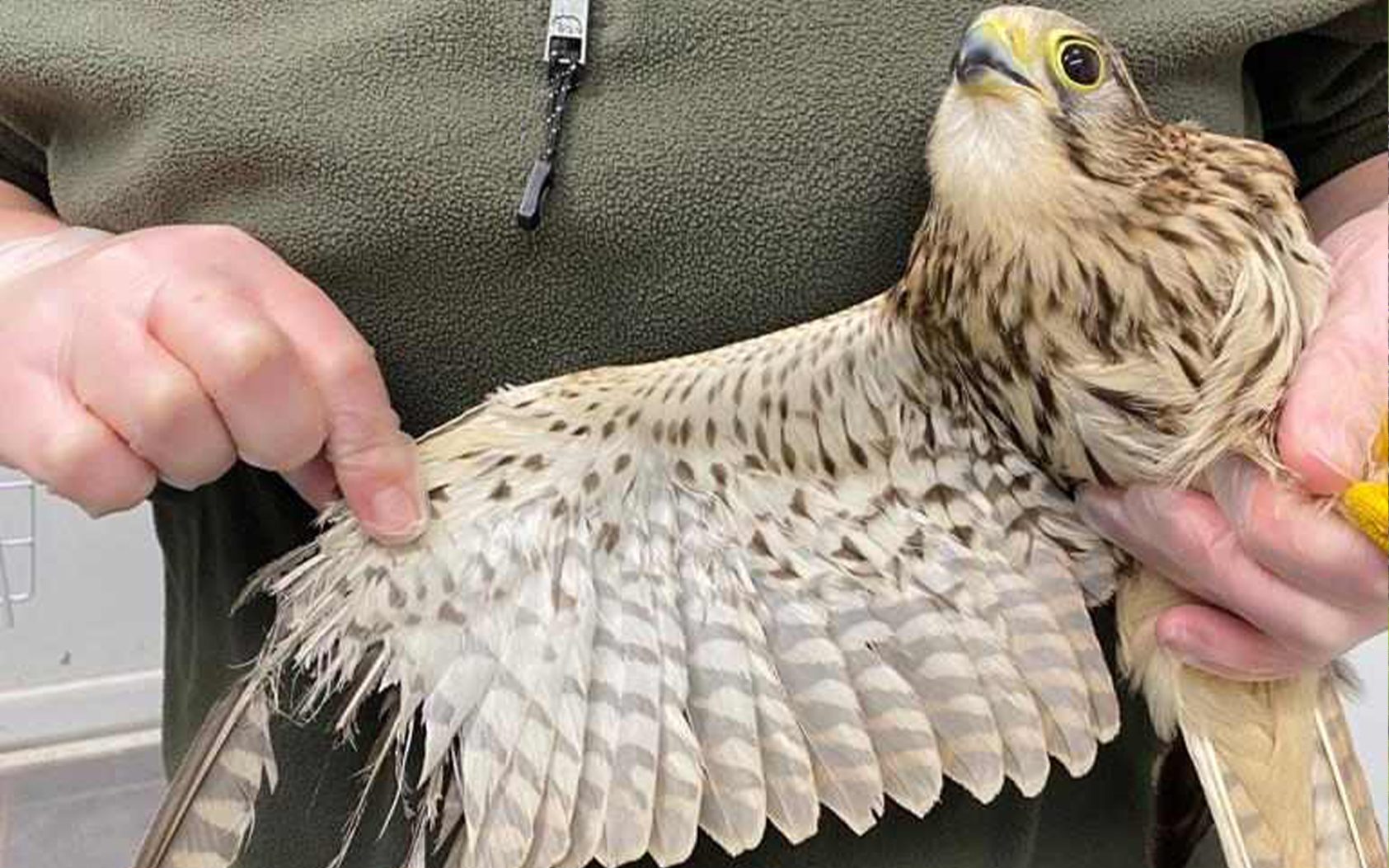
Old falconry skills put to good use in wildlife rehabilitation
Susan Jones, Suffolk Owl Sanctuary
The female Kestrel upon arrival with all feathers shattered
At Suffolk Owl Sanctuary, we’ve transitioned away from falconry to prioritize conservation and education, with bird welfare our top concern.
Despite no longer practicing falconry, there’s significant overlap in managing captive birds of prey, including imping. This skill is vital for replacing damaged feathers non-invasively, allowing birds to continue flying or hunting.
Imping has enabled us to successfully release wild Sparrowhawks, Buzzards, Red Kites and most recently, a Kestrel, without a prolonged period of captivity, as Raptors typically only moult 3-4 feathers a year. Instead of risky surgical procedures, imping offers a safer alternative.
The Kestrel arrived with extensive feather damage to her left wing, with almost all of her primaries (main flight feathers) shattered. An x-ray showed no breaks, so we suspect that the wing had been run over, shattering the feathers but miraculously missing the actual body of the wing itself.
Fortunately, a suitable Kestrel in the freezer (sadly deceased as a result of its injuries) provided feathers for replacement. The imping process involves carefully matching each new feather with the corresponding damaged feather. The damaged feather is then cut below the damaged area and the new feather is trimmed to fill the void. A small rod of lightweight material, similar to a cocktail stick, is slotted into both feathers and glued in place. Due to the extent of the damage, the procedure was carried out over a couple of days, with plenty of breaks. The Kestrel, conscious throughout, responded well to the treatment and was a very well-behaved patient.
Post-imping, she was housed in a smaller cage overnight to allow the glue to set, before moving to an outdoor aviary. As soon as she was released, she flew up, did several laps of the aviary before settling onto a perch. This is the first time this bird will have flown more than a metre for a couple of months! She has now been moved to a larger aviary where she can regain some fitness in preparation for her release.
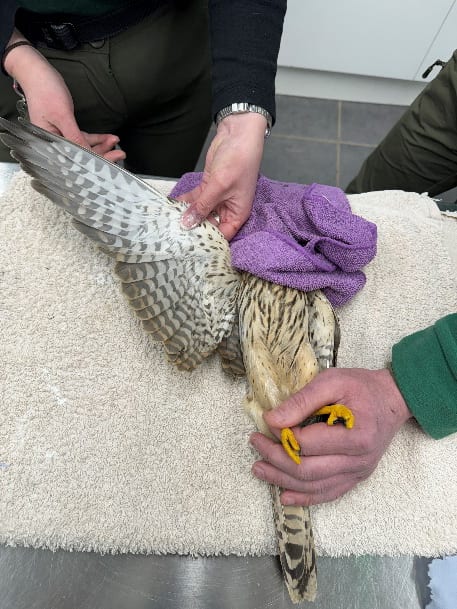
After the procedure with her new feathers
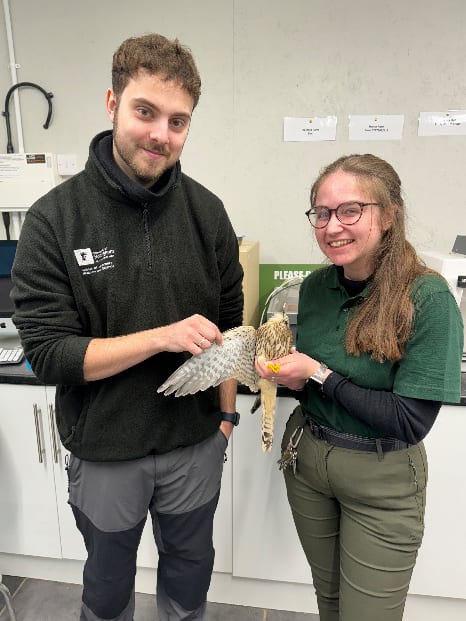
University of Nottingham Vet student Eric with Dolly, who both carried out the procedure in our Raptor Hospital.

Trimley Marshes Breeding Wader Project
Tom Fairbrother, National Landscapes
An exciting project has taken place at Trimley Marshes Nature Reserve that will offer a range of benefits for wildlife, nature, and people.
Through the Farming in Protected Landscapes programme, the Suffolk & Essex Coast & Heaths National Landscape awarded £32,880 to restore floodplain grazing marsh at the site outside Felixstowe, which sits on the banks of the river Orwell and is managed by the Suffolk Wildlife Trust.
The project has restored and created new habitats which will help to increase populations of nationally important breeding waders such as redshank, lapwing, and avocet. The restored habitat will also help tackle climate change through carbon sequestration and storage.
Early in 2024, diggers were used to create 1km of new and restored footdrain habitat and 2km of restored dykes, as well as installing protective fencing, in time for the nesting season.
This will provide optimum feeding habitat for waders and wildfowl on 39 hectares of the nature reserve. Wading birds love to feed on muddy edges alongside wet features such as foot drains and scrapes where they probe their long beaks into the soft mud to find food.
The project will also help to create two new islands for breeding waders and one reprofiled island where the birds will be safer from predators. Foot-drains are long, linear scrapes (typically up to 3m wide and 50cm deep) and are designed to hold surface water, acting as very important wet features.
Fencing installed in the dykes will protect against non-flying predators so that they cannot eat the eggs, chicks, and nesting birds. Birds such as curlew, lapwing, and snipe nest on the ground rather than in trees, so are very vulnerable to foxes and badgers.
Demonstration days will be held on the reserve where land managers will be shown the new fencing and educated about the benefits it will bring to breeding waders so that the work can be rolled out to other locations on the coast.
The site is viewable by the public, making it a fascinating destination to watch these priority birds in their natural habitat.

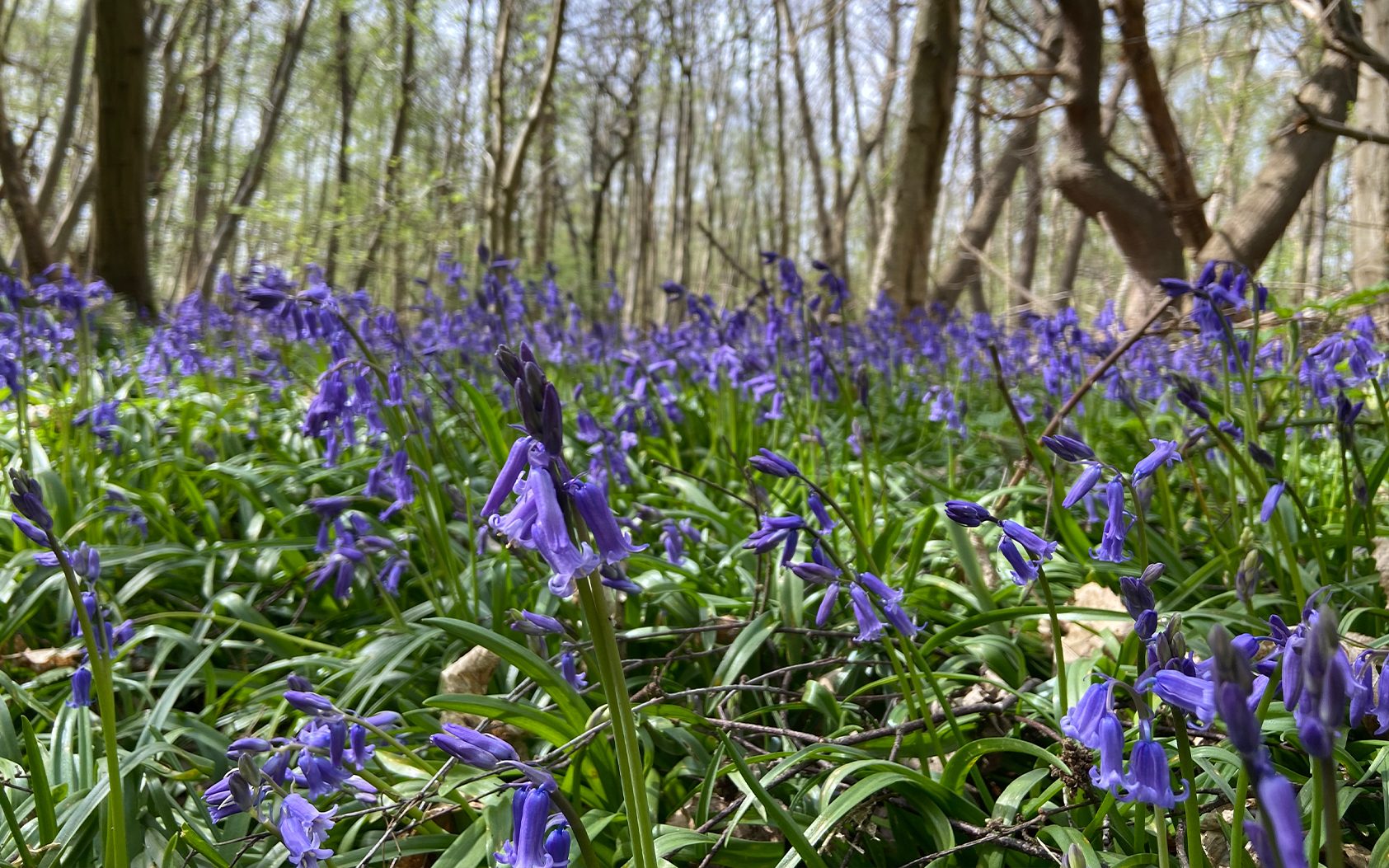
Local Nature Recovery Strategy
Claire Ward, Project Manager Suffolk County Council
The landscapes and seascapes of East Anglia are one of the most treasured features of the region. Protecting these incredible natural spaces is essential for both the wildlife that depends on these habitats and to preserve a vital resource for the health of our planet.
Following long-term decline, we now face an environmental crisis that requires direct and coordinated action to reverse the current path of reduction in our biodiversity and bring about a recovery for nature.
Local Nature Recovery Strategies (LNRS) are a new tool aimed at delivering that change through greater collaboration and clearly defined action plans to create environmental benefits across England. They will be statutory documents under the Environment Act 2021, and local development plans will need to take account of them. There will be 48 LNRSs produced across England.
Suffolk County Council and Norfolk County Council are working jointly through the Norfolk and Suffolk Nature Recovery Partnership to deliver an LNRS for each county.
Each LNRS will include visible mapping of the existing areas where nature is thriving, as well as where the opportunities are for nature recovery (such as the creation of new habitats and the enhancement of existing habitats). The LNRS will also identify priorities for nature recovery and detail specific actions required to deliver that.
Everyone can have their say on their Local Nature Recovery Strategy, as they are built upon the evidence and input of the people who know the area the best. Bringing this information together in a strategic and definitive way is essential to the creation of the Suffolk and Norfolk LNRSs, so it is the contributions from farmers, landowners, environmental groups, community stakeholders and the general public which will define the future of our natural spaces.
The County Councils will continue to lead active engagement with all parties to enable the development and provide opportunities to input into the strategies.
Use the button below to learn more about how the Local Nature Recovery Strategies will be delivered, opportunities to get involved and contact the team.
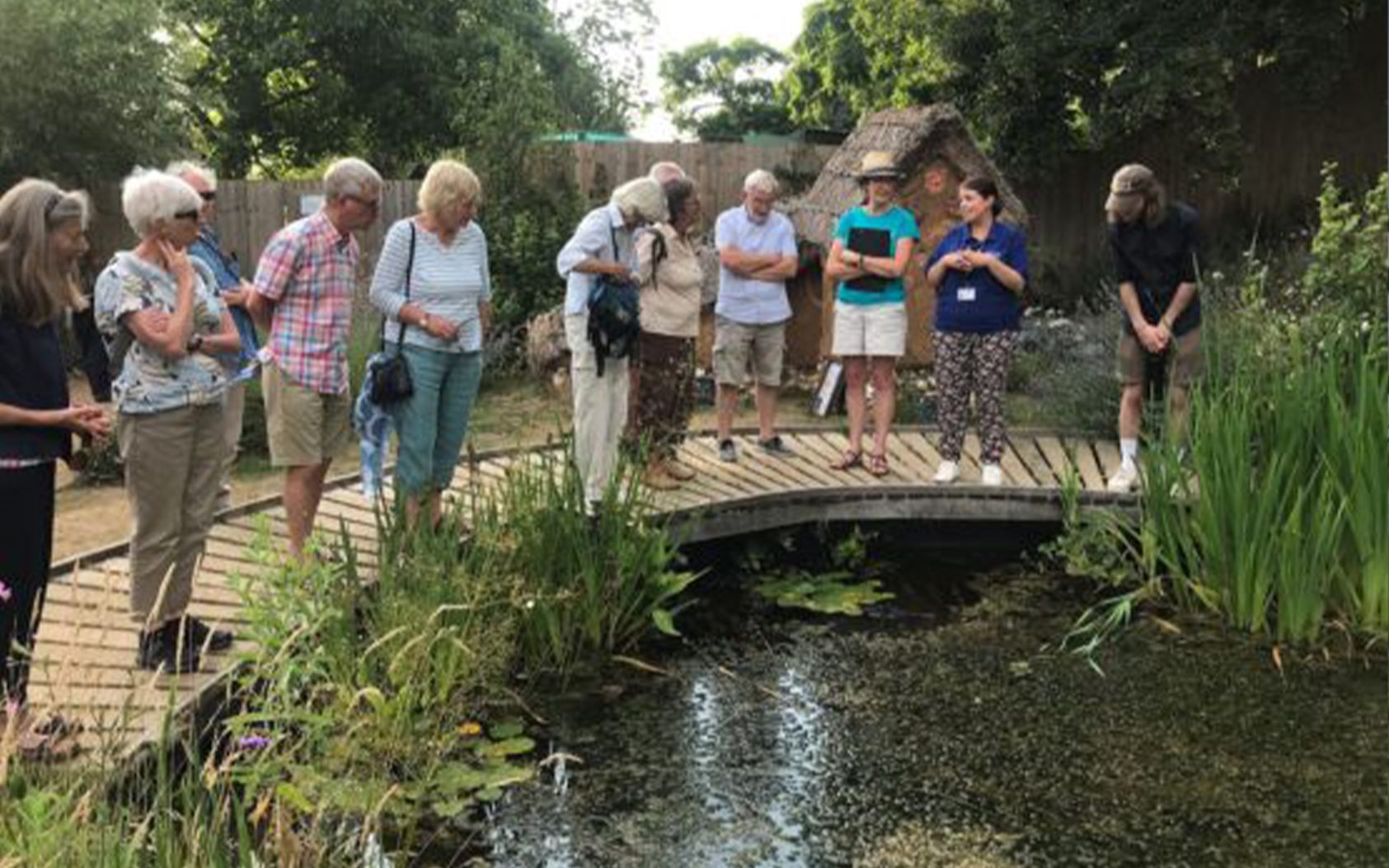
Wilder Together in the Stour Valley
Tom Fairbrother, National Landscapes
Councillor tour at RSPB Flatford Wildlife Garden
In March 2023, the Wilder Together in the Stour Valley partnership project launched, with Suffolk Wildlife Trust, Essex Wildlife Trust, RSPB Flatford Wildlife Garden, and the Dedham Vale National Landscape and Stour Valley joining together for the benefit of wildlife and nature.
The partnership was established to support parish and town councils and encourage them to work with their communities to create wildlife-friendly villages and towns in the Dedham Vale National Landscape and Stour Valley, a designated landscape on the Suffolk/Essex border.
Working together in partnership for wildlife will create more space for nature. A network of wild areas will be restored, reconnected, and maintained by residents, on both public and private land including gardens, which will not only benefit wildlife but people too.
The project will establish a network of Wilder Together villages and towns throughout the Stour Valley to make the area wilder and more welcoming to nature.
Since the project launched, several exciting initiatives have taken place. In addition to training events and online talks, the project has been embraced by numerous parish councils in the area.
Boxted Parish Council
In the village of Boxted, north east Essex, a group of villagers came together to form a wildlife group to carry out some wildlife projects in their local community. With help from a grant from the Dedham Vale National Landscape, both the Bird, Bee and Bugs project and a Hedgehog Friendly Village project are underway.
The group has run several wildlife days for children and families which have been very successful, with activities including making bird feeders, looking at owl pellets, and building bird boxes.
They have also delivered talks on wildlife-friendly gardening and hedgehogs to get local people involved. Many parishes are looking at setting up Hedgehog Friendly Village Projects after the success of the pilot project in East Bergholt.
Bures St Mary/Bures Hamlet Parish Councils
The iconic swift is a priority species in the Dedham Vale National Landscape and wider Stour Valley and a swift project has been established in Bures St Mary and Bures Hamlet.
After a talk by Save our Suffolk Swifts and site visits to suitable houses, swift boxes and callers donated by the Dedham Vale National Landscape were installed on dozens of houses in Bures. The callers help to attract swifts and encourage the creation of communal colonies.
Similar projects are happening in other parts of the Stour Valley such as in Clare, Higham and Boxford and it is hoped that the swift boxes installed will soon be occupied to boost the local population.
Natural Boxford
Boxford is a large, historic village between Hadleigh and Sudbury. The village has a varied network of footpaths that connect Boxford’s green spaces and create mini wildlife corridors, that have helped to make the area a hot spot for stag beetles. The newly formed group, Natural Boxford, are launching work parties to conduct conservation and habitat works in and around the village. The group are also hoping to establish swift boxes in Boxford.
Plans for 2024 and beyond
Not only will the Wilder Together in the Stour Valley project benefit wildlife and the natural environment, but local communities are also being empowered to take action to support wildlife, creating a wilder Stour Valley which will give people a gateway to the natural world on their doorstep.
As part of the project, the partnership of organisations will continue to run tours for local councillors, work with parish and town councils to encourage wildlife projects, host wildlife webinars and training days for volunteers and parishes and provide free expert habitat and conservation advice.
For more information on Wilder Together in the Stour Valley, visit the link below or email [email protected].
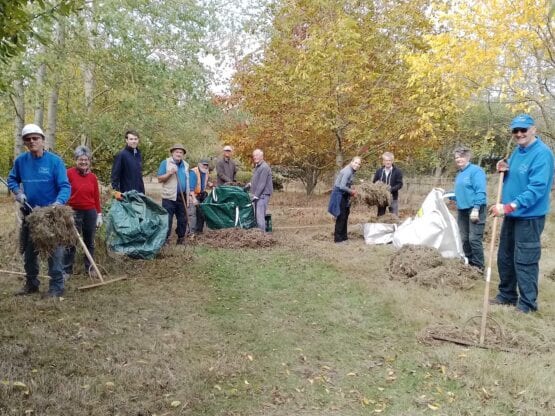
Volunteers managing grassland for wildflowers at Hornestreet Field Nature Reserve, Langham
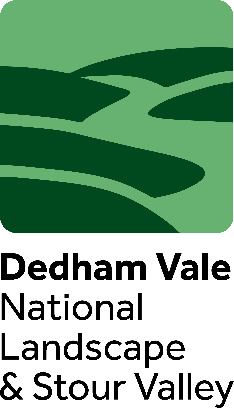

We want your rubbish!
Kelda McChesney, Assistant Tree and Woodland Officer, Suffolk County Council
Bring your old plastic tree guards to Suffolk’s first FREE tree guard recycling hub on the 7th and 8th of May. The Woodland Trust is urging anyone involved in forestry and farming to help tackle plastic pollution by recycling their plastic tree guards.
Why do we need them?
Tree guards, also called tree shelters or tubes, are classically used in forestry to encourage straight growth to produce good-quality timber and have now become the norm. Newly planted trees are susceptible to browsing by wildlife such as deer, and tree guards also protect saplings from this damage until they become properly established. Depending on local conditions, it is recommended that tree guards are removed after 7 – 10 years. Trees should be able to hold their own weight and are higher than the browsing line, so they no longer need the protection of the guards.
What’s the problem?
Plastic tree guards have become the most commonly used method of tree protection due to their effectiveness and durability. However, we know that this is part of the problem. If left too long and not removed from our woodlands, plastic tree guards will fragment and slowly break down into smaller pieces which can cause harm to wildlife and pollute our soils.
Recycling hubs
That is why we are inviting anyone in Suffolk who has done previous tree planting, whether it be in farming and agroforestry or woodland creation, to bring us their old tree guards to be recycled. This is part of Tubex’s FREE recycling scheme. It is a closed-loop system, where old plastic tree guards are incorporated back into new products. For more information on the scheme and nationwide hub locations, visit FREE Tree Shelter Collection & Recycling Programme - Tubex.
Suffolk’s recycling hub will be open on the 7th and 8th of May at Pound Farm, Great Glemham, Woodbridge IP17 2DP. The scheme is open to everyone in forestry, farming, and conservation, and to book a drop-off slot simply email [email protected].
There is also an Essex recycling hub open on the 20th -22nd of August at Abbotts Hall Farm, Maldon Rd, Great Wigborough, Colchester CO5 7RZ. For more information, please email Katie Goldbrough at [email protected].
Both hubs will accept any PP or PE tree shelters, but not PVC spirals, bio-based, biodegradable materials or metal. Bags should be as full as possible, with tree guards nested within each other and stacked vertically. Plastic tree ties should be removed and put in the bags.
To cause minimal disturbance to breeding birds, we strongly encourage that you remove any old tree and shrub guards no later than the end of March.
This is a partnership project with The Woodland Trust, Suffolk County Council, The Forestry Commission, Forest Plastic Working Group, Suffolk Tree Warden Network, Tubex recycling and collection scheme and Yorkshire Dales Millennium Trust.

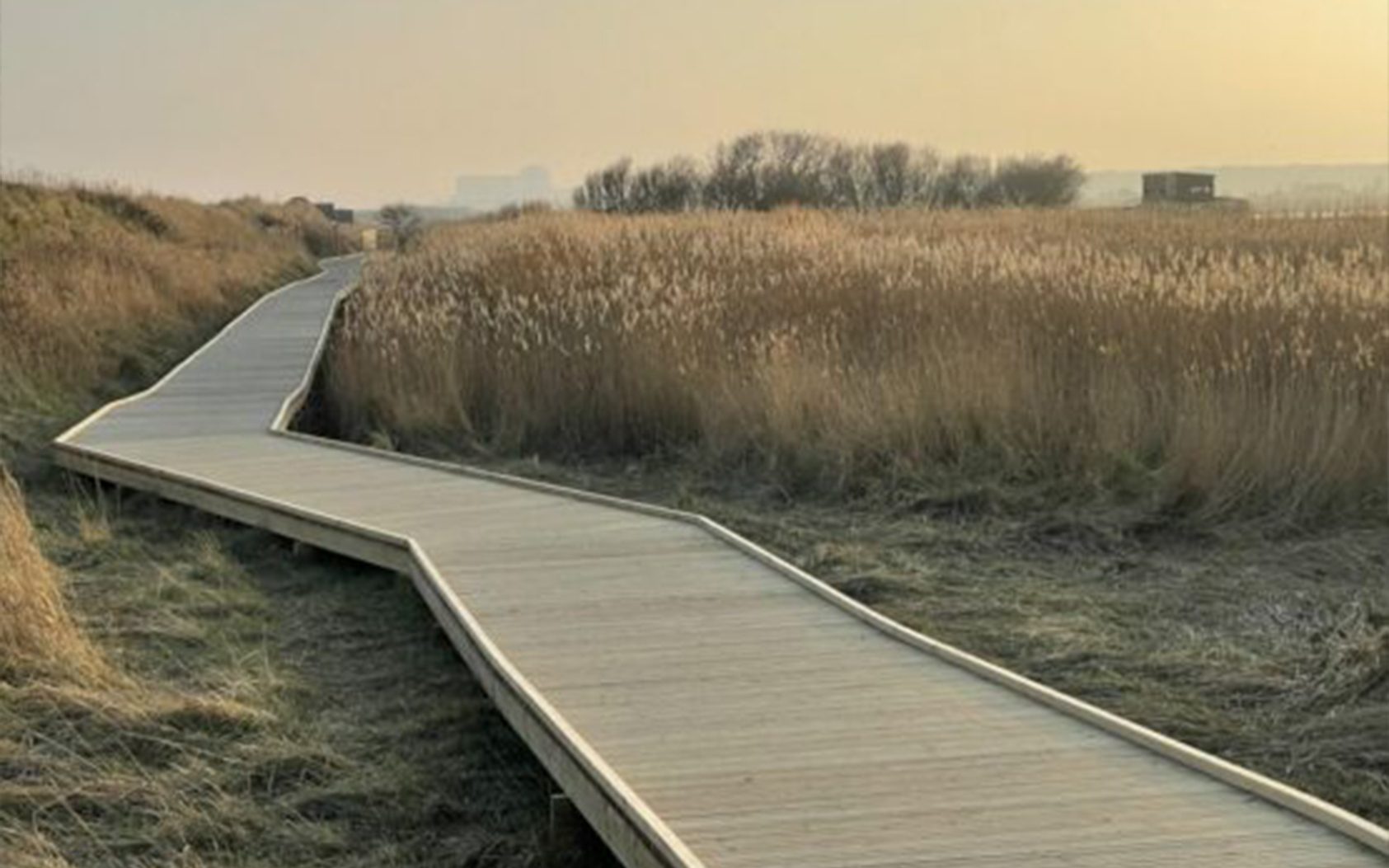
£95,000 of grant funding available across Suffolk and Essex
Oka Last, National Landscapes
New all access path © Lou Chapman
Annual grants totalling £95,000 are now available to community projects across Suffolk and Essex.
Individuals as well as organisations such as schools, businesses, parish councils and community groups are encouraged to apply for funding available across the two National Landscapes – the Suffolk & Essex Coast & Heaths National Landscape, and the Dedham Vale National Landscape & Stour Valley (formerly known as Areas of Outstanding Natural Beauty).
Previous examples of projects funded include wellbeing walks to engage people from diverse communities with the natural environment, carbon reduction measures for projects that engage young people with the environment, creating outdoor education spaces in school grounds, community engagement with wildlife, as well as new fencing and interpretation for nature reserves.
If you have a project that covers wildlife conservation, access and diversity, climate change, health and wellbeing, learning, or heritage, the National Landscape welcomes your application, particularly from community projects that represent the widest range of society possible and supports equality of opportunities to access the funds.
There are three funds currently available to communities - closing date for applications to the Amenity and Accessibility Fund for the Suffolk & Essex Coast & Heaths National Landscape is 22nd March 2024, and the closing date for applications to the Sustainable Development Fund for both National Landscapes is 24th May 2024. For more information about the various grants that are available, please go to coastandheaths-nl.org.uk or dedhamvale-nl.org.uk or contact Oka Last, National Landscape Grants Officer, on 01394 445225 or [email protected]

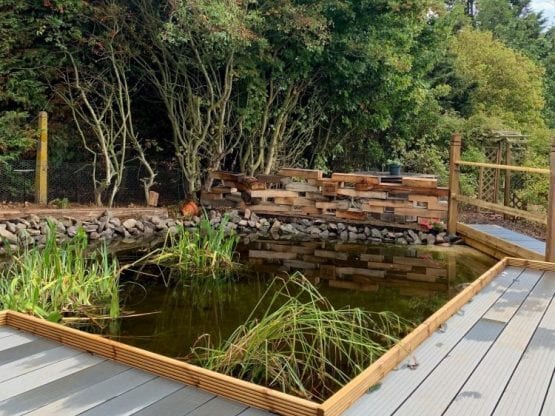
New wildlife area at Hollesley School

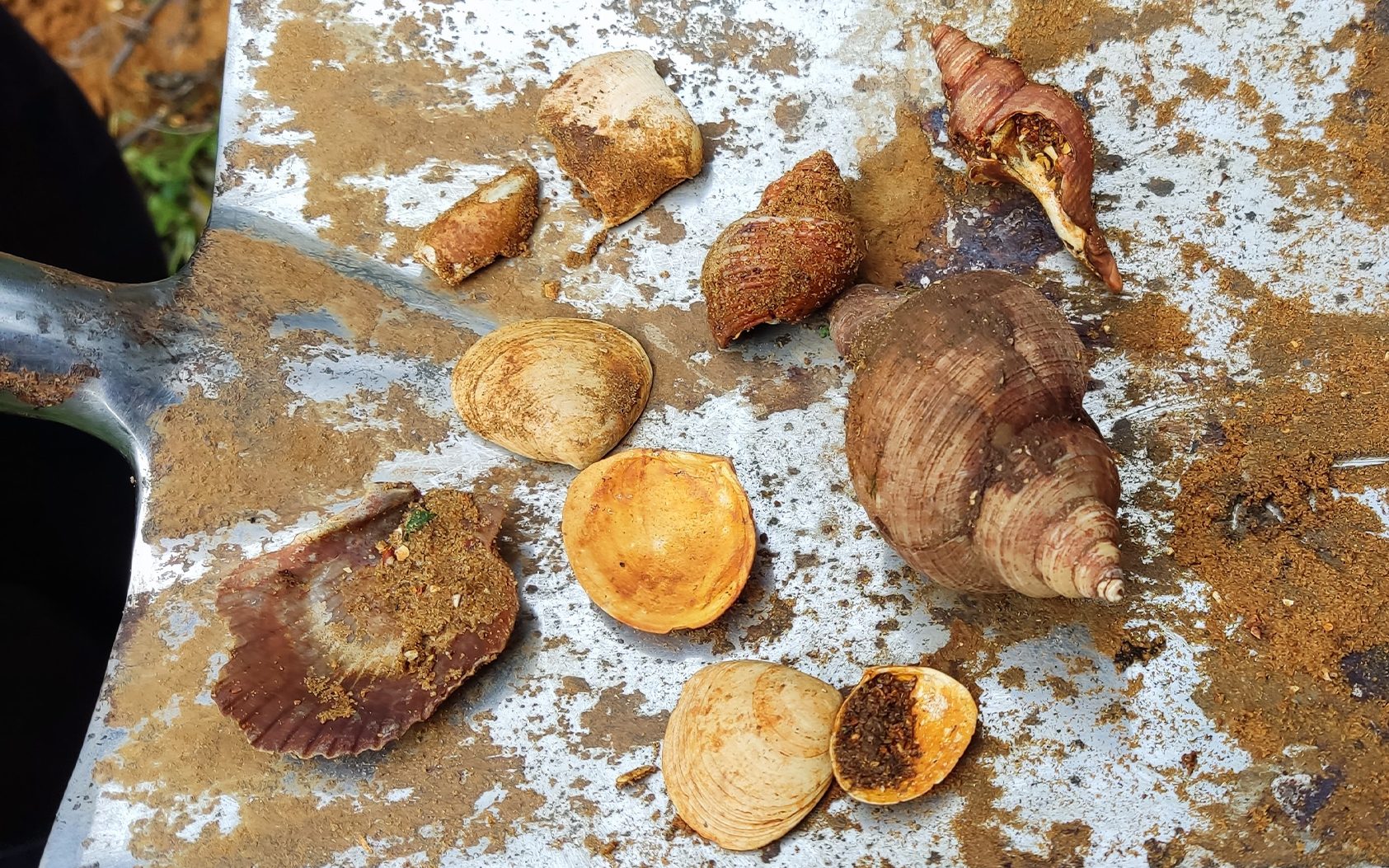
Red Crag Fossils
Caroline Markham, GeoSuffolk
Photo 1
The Pliocene Red Crag outcrops across the east of our region from Walton-on-the-Naze in Essex to the Butley/Chillesford area of Suffolk.
At almost 3 million years old it is full of fossil molluscs which lived in this ancient sea. Many are extinct species, but others are extant, and, with fossils in the Coralline Crag and Norwich Crag (older and younger than the Red Crag respectively), they bridge the gap between ancient and modern faunas. Suffolk has fifteen SSSIs designated for one of these three Crag deposits and a large collection of fossils, from them and other sites, in Ipswich Museum. This collection along with other post-Cretaceous palaeontology has recently been designated of national/international importance by the Arts Council.
In the last few years, GeoSuffolk’s Chairman has been researching and curating the Crag molluscs in the Ipswich Museum collection on a volunteer basis and GeoSuffolk has been monitoring the SSSIs for the Geology Trusts on behalf of Natural England. We found lots of fossils. Photo 1 shows finds whilst surveying a Red Crag SSSI in the Butley/Chillesford area, photographed in the field for our report to Natural England. Photo 2 shows part of the marine Red Crag in this SSSI – a horizontally bedded shelly sand above, with cross-bedded material below, indicating an offshore sandbank palaeoenvironment.
Some of the fossil marine shells in photo 1 reward closer examination. The large whelk shell species was originally named Murex striatus by James Sowerby in 1813 (Mineral Conchology of Great Britain). He based it on a specimen collected by Elizabeth Cobbold at Holywells Estate in Ipswich. The species of the four light-coloured bivalves was originally named Tellina obliqua by James Sowerby in 1817. One of the specimens it is based on was found by James Lambert, Professor of Greek at Trinity College Cambridge. Lambert was officiating curate at Alderton and Bawdsey in the late 1760s – natural history was a favourite pursuit.
As well as helping to differentiate former extensions of the North Sea, these fossils give clues about sea levels, temperatures and currents in the Arctic. Ancestral species migrated from the Pacific Ocean to the Atlantic Ocean via the Arctic – the tellin about 4 million years ago and the whelk about 3 million years ago. These and many other specimens found in our local crag pits are preserved in Ipswich Museum, forming an important scientific reference series which began in the 19th century and is still being updated and researched.
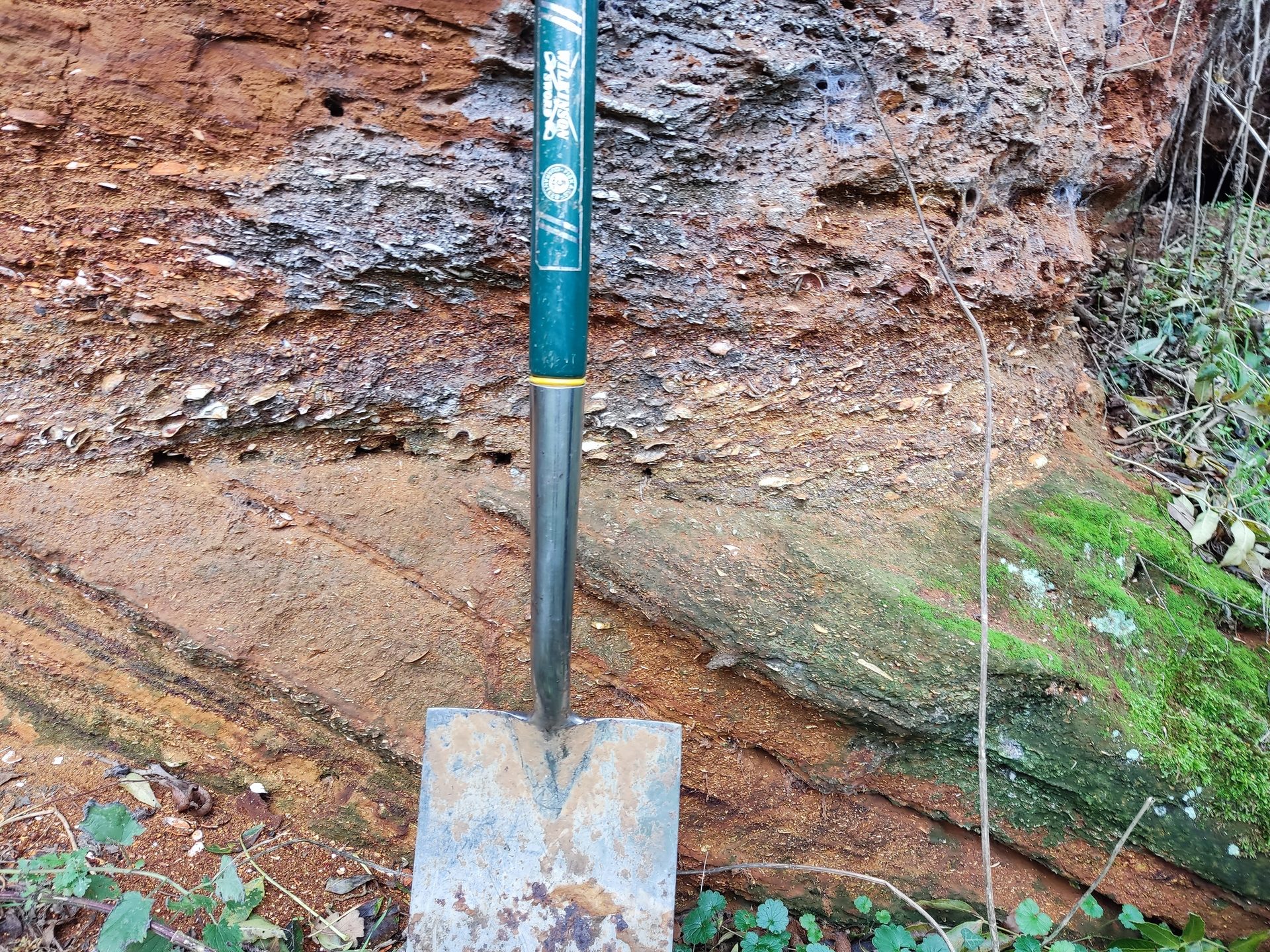
Photo 2
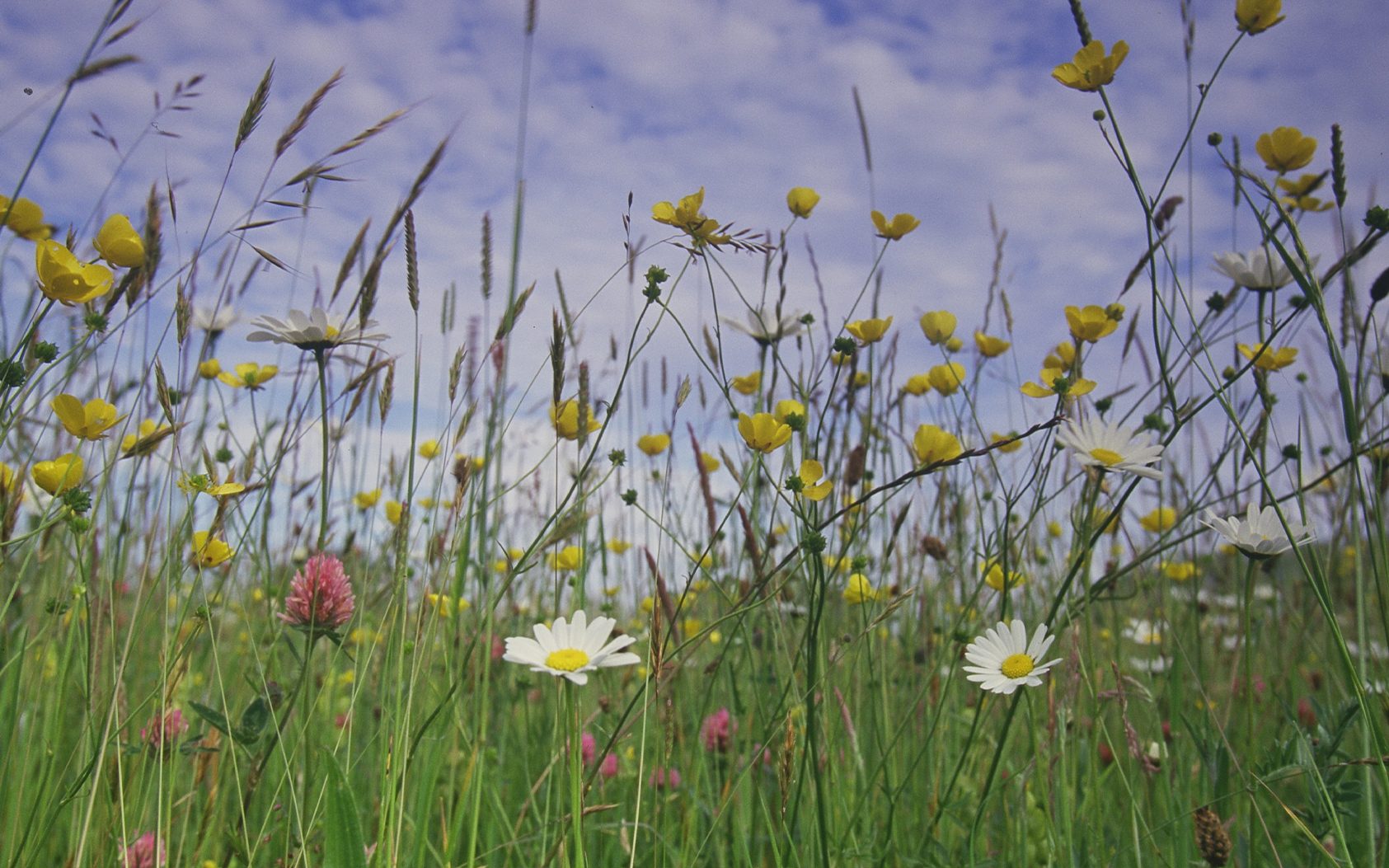
Do you own a County Wildlife Site?
© Natural England/Paul Glendell
County Wildlife Sites (CWS) have a key role in the conservation of Suffolk’s biodiversity and are important links in Suffolk's Living Landscape.
Suffolk Wildlife Trust is committed to encouraging the appropriate management and protection of CWS for wildlife. Advice is provided to landowners, businesses and local authorities on conservation management including possible sources of funding.
Conservation Adviser Graham Hart looks after County Wildlife Sites and Private Nature Reserves for Suffolk Wildlife Trust. Graham has 20 years of conservation experience. He specialises in bats, dormice and amphibians and holds a number of Natural England licences to work with protected species. Graham has always had a passion for working with landowners to improve their land for wildlife.
If you would like to arrange a County Wildlife Site advisory visit email Suffolk Wildlife Trust or call us on 01473 890089 (Monday to Friday 8.30am - 5.30pm).
Suffolk has more than 900 CWS, almost 5% of the county. CWS designation is non-statutory but recognises a site’s high value for wildlife, with many sites being of county, regional or national importance. They often support characteristic or threatened species and habitats that are local and national priorities for conservation. They may vary in size and shape from small meadows, green lanes, dykes and hedges to much larger areas of ancient woodlands, heathland, greens, commons and marsh.
Sites are designated according to Suffolk CWS selection criteria. The CWS panel, made up of representatives from Suffolk County Council, Suffolk Biodiversity Information Service (SBIS), Suffolk Wildlife Trust and Natural England, meets to assess and designate CWS. SBIS maintain a register that includes site locations, boundaries and key features.
The majority of CWS are privately owned and do not have public access. Some sites were designated over thirty years ago, and their ownership records need updating. If you’d like to check whether your land is on the register, please contact Suffolk Wildlife Trust on 01473 890089 (Monday to Friday 8.30am - 5.30pm).

New video released: Next Steps with Regenerative Agriculture
Agricology
Stephen Briggs is a first generation farmer who has been farming organically for over two decades. He runs Whitehall farm in Cambridgeshire where he grows oats and a range of organic vegetables depending on market place opportunities.
Part of Stephen’s rationale for implementing agroforestry was to best capture input from solar energy. He also refers to nitrogen (N) use efficiency, which is only 48% in the UK. Research carried out in France indicates it is possible to cut some of those losses by about a half, by capturing some of the N and turning it into a form of carbon. Trees are very well placed to do this, slowing rainfall and stopping nutrients from leaving the farm.
Crops need nutrients particularly in the early part of the season / year – trees create a temporal overlap – it is possible to make resource capture more efficient by layering different elements at different times.
Agroforestry provides a big opportunity to stack enterprises and skills and people, but there are many steps that need to be taken to convince more farmers to want to try it i.e. closer forestry and agricultural policy and land use policy alignment, more available economic data on agroforestry, and a new paradigm on-farm perhaps of multi-functional operators.
“Nature doesn’t ‘do’ monoculture – it stacks different elements in time and space.”
“You can make the farm ‘bigger’ by utilising the up and down space.”
“I was expecting to see more crop in the middle and less crop at the edges of the fields, but 15 years on we’re seeing the reverse – because of better drainage in the winter, better water retention in the summer, more mycorrhiza in the soil…”
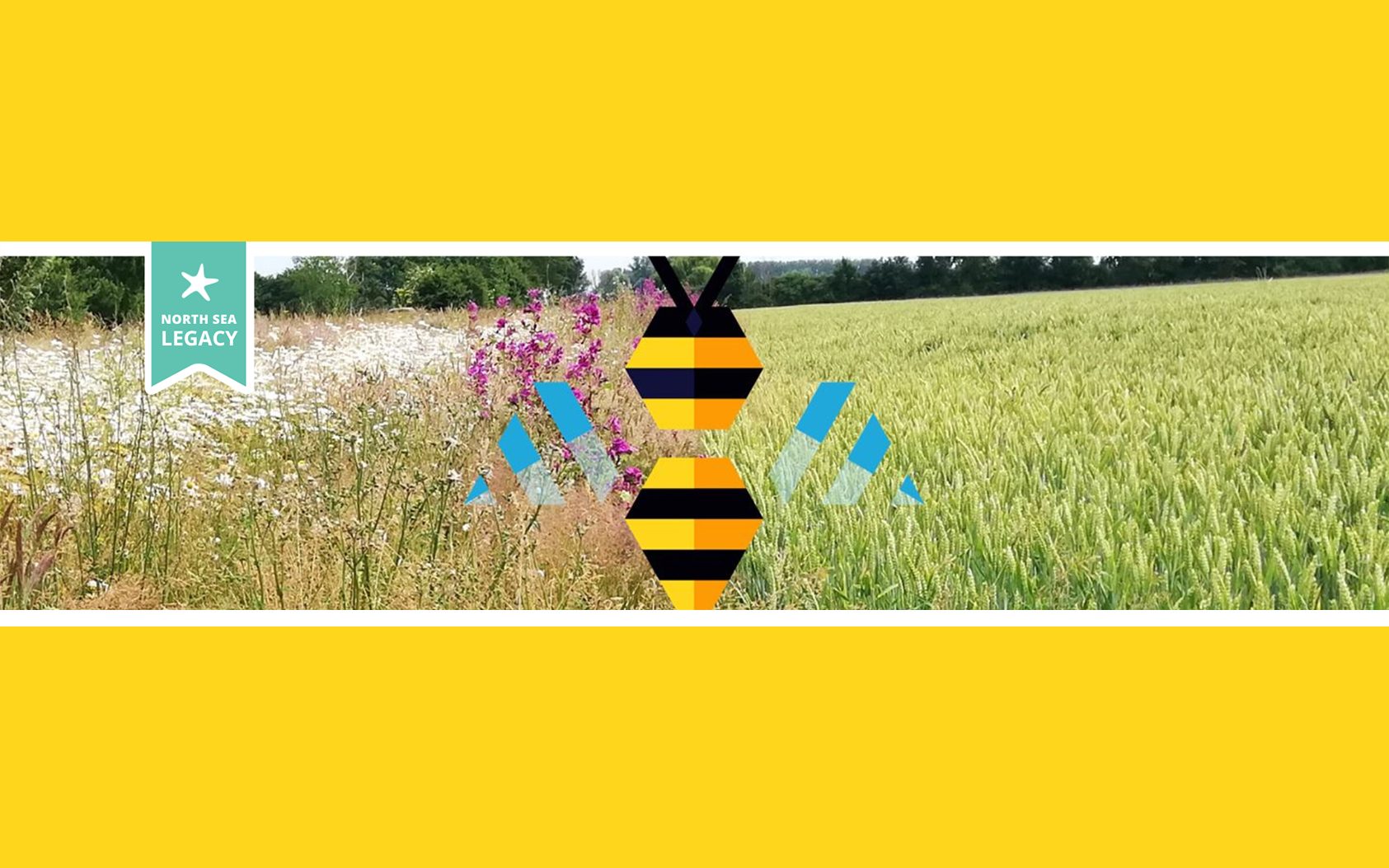
Boosting wild bees on farmlands
John Holland
A future without bees? Why we need to act now and what can be done. BEESPOKE has left a solid legacy for farmers and policymakers.
Looking across an agricultural landscape in summer is typically a sea of green. Productive maybe, but with few flowers and therefore few bees. Unfortunately this is having an impact and wild bees are declining in agricultural areas.
So what would life be like without pollinating insects?
Our diet would be extremely bland, consisting mostly of grains with very few fruits, berries, nuts and vegetables that also provide essential micronutrients. In fact, most items needed to maintain a healthy diet.
The BEESPOKE project set out to find new solutions and incentives to support wild pollinators to help future-proof our food production.
The objective is to increase the number of pollinators and crop pollination on local and landscape scale by providing expertise, tools and financial knowledge to land managers and policy makers, in order to create more sustainable and resilient agro-ecosystems.
© Events Jess Bailey, Unsplash
Events
Conferences, Webinars and Training
National Landscape Planning Event
14 Mar • The Hold, Ipswich
Information and booking details
Suffolk Wildlife Trust
Wild Walks: Bird I.D with Paul Holness • twice a month • Lackford Lakes
Wednesday Morning Bird Watching Walks • twice a month • East Suffolk
Wildlife Live Webinar – Martlesham Wilds • 12 Mar • Online
March Migrators • 13 Mar • Foxburrow
Bats and the work of the Suffolk Bat Group • 13 Mar • Haverhill
Talk about the Lowestoft Kittiwake Partnership • 14 Mar • Wenhaston Village Hall
The Secret Lives of Garden Wildlife Talk • 15 Mar • Carlton Marshes
Mistletoe, its ecology, changes in distribution and mythology • 19 Mar • Broadway House, Felixstowe
Wander in the Wilds - photography • 19 Mar • Martlesham Wilds
Wildlife Live Webinar – March Hares • 20 Mar • Online
Native Hedgerow Plants • 21 Mar • Woodbridge Community Hall
Spring birds and early butterflies • 24 Mar • Foxburrow
Birds, Beasts and Butterflies • 26 Mar • Redgrave & Lopham Fen
Birds and Climate Change • 27 Mar • Ipswich
Discover Martlesham Wilds • 27 Mar • Martlesham Wilds
Morning on the Marshes • 30 Mar. 18 Apr • Carlton Marshes
April Amphibians • 10 Apr • Foxburrow
Gardening for Wildlife • 10 Apr • East Town Park Centre, Haverhill
Wild Walks: ponies on the Heath • 13 Apr • Knettishall Heath
Wildlife Live Webinar – Composting • 18 Apr • Online
Understanding your community’s river • 18 Apr • Redgrave & Lopham Fen
Warbler Walks • 18 Apr • Carlton Marshes
The Significance of Soil at Martlesham Wilds • 18 Apr • Martlesham Wilds
Spring Bird ID • 21 Apr • Lackford Lakes
Wildlife Live Webinar – Suffolk’s ancient woodland • 22 Apr • Online
Understanding your Community’s habitat • 23 Apr • The Bank, Eye
The ecology of Stag Beetles with Colin Hawes • 24 Apr • Ipswich
Full details and other SWT events
Field Studies Council
Natural History Courses
Covering all aspects of the natural world for beginners, enthusiasts, volunteer recorders and professionals.
Professional Development for Ecologists and Conservationists
An extensive range of courses that cater to a range of career levels, providing wildlife identification and surveying courses in many subjects.
The Species Recovery Trust
Online courses
Habitat Indicator Species, 11 Mar
Invasive Species, 13 Mar
Around Britain in 25 Sedges, 18 Mar
UK Wildlife and The Law, 25 Mar
Around Britain in 25 Grasses, 15 Apr
Around Britain in 30 Bryophytes, 22 Apr
Great Crested Newts - Ecology, Conservation and Survey, 23 Apr
Around Britain in 20 Ferns and Allies, 29 Apr
Botany for surveyors - Part 1, 3 May
Around Britain in 20 Rushes, 13 May
Botany for surveyors - Part 2, 10 May
How to Survey and Assess Hedgerows using the Hedgerow Regulations, 15 May
Botany for surveyors - Part 3, 17 May
Around Britain in (another) 25 grasses, 20 May
Heathlands and Acid Grassland - Species and Habitat Survey, 3 Jun
Aquatic Plant ID, 10 Jun
Woodlands - Botanical Survey, 17 Jun
Habitat Indicator Species, 11 Jun
Invasive Species, 24 Jun
The Brecks Fen Edge and Rivers
London Natural History Society
Royal Entomological Society
National Biodiversity Network
RSK Webinars
The First Thursday Club is a monthly scientific, specialist-led webinar, on best practices relating to the natural environment.
